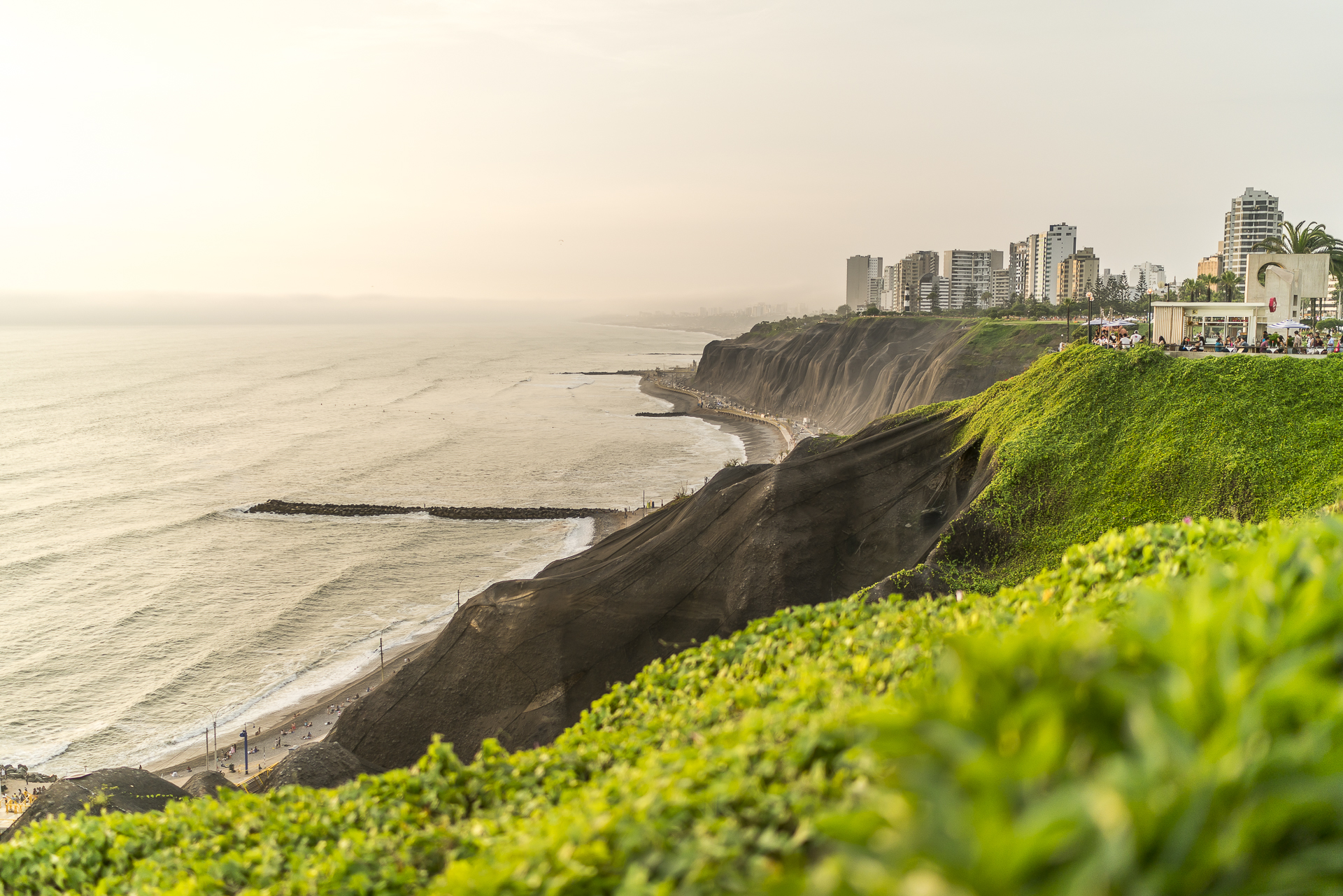
Lima sights – tips in the capital of Peru
An exquisite food scene, an almost unbelievable traffic chaos and many casual corners to discover. The Peruvian capital Lima is a multifaceted city and that’s exactly what inspired me. Many travelers to Peru only know the airport of Lima. Too bad, I think. We took three days for Lima at the end of our two-month trip through South America and I wouldn’t want to miss a single day of it. I felt right at home in Lima.
Traveled | from Cusco to Lima
Many use Lima as a starting point for their trip to South America thanks to its good international connections. We, on the other hand, entered Peru by bus from Bolivia and first spent a few days around Cusco. For the stage Cusco – Lima we booked a flight. The route can also be done by bus. But since we didn’t intend to make another stop on the way, a 1.5h flight seemed more comfortable than a twenty-hour bus ride. The Cusco – Lima route is served daily by several airlines: including LATAM, Avianca, Star Peru, Peruvian and LC Peru. The first two tend to be the more reliable, but also the ones with the higher ticket prices. For Star Peru, Peruvian and LC Peru, tickets for one-way flights cost around 70 CHF per person if there is sufficient lead time. When choosing our flight, we were primarily guided by a suitable departure time and booked the tickets with Star Peru. Two days before the scheduled departure, I received an email informing me that the departure time of our flight had been changed from 1:35 p.m. to 3:25 p.m. A postponement of the departure time by two hours seems annoying to me with a total flight time of 1.5 hours. Especially when various other airlines operate their midday flights. But especially in the off-season/rainy season, such short-term changes are to be expected. Finally, this flight postponement also required a telephone conversation with the Star Peru customer service (in Spanish, of course, because my question if anyone speaks English was answered with a dismissive “no”). The call was necessary because we couldn’t check in for the flight. Since not only the time, but also the flight number had changed, our tickets were probably not allocated correctly. In the end, everything worked out and we reached Lima just in time for the onset of rush hour traffic chaos.
On the recommendation of our hotel, we consulted one of the taxi companies inside the airport building (right after baggage claim) and paid 60 PEN (about 18 CHF) for the ride to Miraflores. The journey itself takes almost as long as the flight from Cusco to Lima. For the transfer from Lima Airport to the Miraflores district, you have to allow at least one hour in any case.
Done | Explore the sights of Lima
The conurbation of the Peruvian capital stretches over almost 2,700km2 with 9 million inhabitants. At first glance, Lima doesn’t really seem to be “tangible”. This may deter some travelers from taking a closer look at the city. If you generously ignore the omnipresent traffic chaos and head for individual parts of the city, Lima surprises with many exciting sights.
Around the Plaza de Armas |
The heart of Lima beats at the Plaza de Armas. The main square, surrounded by magnificent buildings, is a UNESCO World Heritage Site and is definitely worth seeing. During our visit, the square was largely cordoned off due to announced demonstrations. Apparently, this happens often, but tourists are usually allowed to pass through (only the main square was not allowed to be entered). Since I’m not a fan of excessive police presence, we left it at a short tour and strolled via Plaza de San Martin directly to the Parque de la Exposicion. On normal days, however, I would definitely have taken more time for the culturally and historically valuable buildings around the Plaza de Armas.
Lima for Art Lovers |
The Lima Art Museum – MALI – is within walking distance of the Plaza de Armas. The art museum is located in the middle of the Parque de la Exposicion and offers a broad insight into the different art eras of Peru (from pre-Columbian art to contemporary). I also think the museum building itself is worth seeing.
The Museo Arqueológico Rafael Larco Herrera is one of Lima’s top attractions. Since I didn’t really find the access to the pre-Columbian works of art in the museums in Cusco as well as in the MALI in Lima, we decided not to buy an entrance ticket to the Larco. Nevertheless, the detour to the museum is worth it. On the one hand, it is surrounded by a beautiful garden and on the other hand, the museum restaurant is an excellent lunch location. And if you’re interested in Peru’s archaeological finds, then Larco is definitely the right place for you.
In contrast to archaeology, I don’t really miss exhibitions of contemporary art in any city. The concept of the MAC (Museo de Arte Contemporaneo) envisages three to four temporary exhibitions taking place in parallel. During our visit, it was an exciting mix of an interactive video installation, photographs and paintings. While the entrance fee to MALI is 30 PEN per person, the entrance fee to MAC is only 10 PEN per person.
If you are interested in photography, I also recommend a visit to the Museo Mario Testino (MATE). The museum was opened in 2012 by the well-known fashion photographer Mario Testino in his hometown. It shows part of his international work as well as Peru-specific temporary exhibitions. A trip to MAC and MATE can be easily combined with a stroll through the Barranco district.
Hip, hipper, Barranco |
What fascinates me most about Lima is the versatility and the raw charm. First of all, it is necessary to ignore the honking cars, to hastily cross the wide streets and to generously overlook building sins. This was also the case with our detour from Miraflores to the neighbouring Barranco district. Once these hurdles have been overcome, you will discover many wonderful things on the left and right side of the road. Barranco was once a sleepy fishing village and is now considered Lima’s bohemian district. In addition to mostly well-preserved colonial architecture from the 19th century, Barranco is also able to inspire street art fans. You can discover most of the large-scale works of art around the Bridge of Sighs «Puente de los Suspiros». Take half a day to explore the area between the Museo de Contemporary Art and the MATE.
Lima off the beaten path |
Die einstig bedeutende Hafenstadt Callao ist heute ebenfalls mit Lima verschmolzen. Lange Zeit galt Callao als einer der Hauptumschlagplätze des Kokainhandels als gefährlicher Fleck. Die von Gangs dominierte Hafenstadt wurde von Auswärtigen gemieden. Noch heute solltet ihr in Callao nicht mit euren Wertsachen hausierend herumspazieren. Doch dank einer privaten Initiative eines Kunstliebhabers, wurde in Callao in den letzten Jahren mit dem Projekt «Monumental Callao» ein Transformationsprozess in Gang gesetzt. Nebst einer aktiven Street-Art Szene umfasst das sehenswerte neue Zentrum einen Mix aus Galerien lokaler Künstler, Coffeeshops und Beizen.
Postkartenmotive in Miraflores |
Wenn der Plaza de Armas das historische Epizentrum Lima ist, Barranco das hippe Ausgehviertel und Callao der aufkeimende Künstler Hotspot, dann übernimmt Miraflores die Rolle der herausgeputzten Küstenpromenade. Während am Morgen jeweils der Nebel vom Pazifik herkommend die Hochhäuser mystisch umhüllt, vertreibt die Sonne die Wolken zumindest in den Sommermonaten meist bis zum Mittag hin. Am schönsten ist es in Miraflores jedoch kurz vor dem Sonnenuntergang. Einfach dem Boardwalk entlang flanieren und dabei den Ausblick auf die Pazifikküste geniessen. Ich finde ja diese steil abfallenden Kliffen, die Miraflores vom Meer trennen, wirken unglaublich imposant.
Restaurants | Lima für Foodies
Lima gilt als kulinarische Hauptstadt Südamerikas und der Gourmet-Boom hat die Restaurantszene beflügelt. Wer in Lima schlecht isst, der macht definitiv was falsch. Wer in einem der top Restaurants dinieren möchte, der sollte sich aber auch rechtzeitig um entsprechende Reservierungen kümmern. Dass in Lima Gutes aufgetischt wird, spricht sich nämlich schnell herum.
Leckere Mittagsstärkung |
Euren Spaziergang durchs Viertel Barranco solltet ihr zeitlich so einteilen, dass ihr gegen den Mittag das Restaurant Isolina (Av San Martin 101) erreicht. In dieser peruanischen Taverne stimmt einfach alles. Das Ambiente, das Essen und der Preis. Meine Empfehlung: die papa rellena – und Obacht, die Portionen sind sehr gross.
Alle Ceviche-Liebhaberinnen sollten sich einen Abstecher ins Restaurant La Mar (Av Mariscal La Mar 770) nicht entgehen lassen.
Und wie oben bereits erwähnt, ist das Restaurant im Museo Larco auch ohne Besichtigung der eigentlichen Museumsaustellung ein empfehlenswerter Mittagsstopp. In dieser Oase könnt ihr nicht nur fein essen, sondern euch auch vom Verkehrschaos erholen.
Fine Dining |
Zu den top Restaurants von Lima zählt das «Maido», wo Chefkoch Mitsuharu Tsumura mit einer japanisch-peruanisch inspirierten Küche überzeugt. Für mich ist das Maido die Nummer eins der von uns ausprobierten Fine Dining Restaurants in Lima und müsste ich mich aus Budget-Gründen für eines entscheiden, dann wäre dies meine Wahl. Wir haben hier das «Nikkei Experience» Tasting Menu bestehend aus 13 Gängen inklusive Weinbegleitung degustiert. Die Verbindung der japanischen Küche mit traditionellen peruanischen Gerichten wie Ceviche und Meerschweinchen fand ich gelungen. Umgerechnet in Schweizer Franken hat uns das Abendessen 500 CHF gekostet. Reserviert haben wir über das online Tool der Webseite, was tadellos klappte.
Ans Restaurant Central von Chefkoch Virgilio Martínez hatte ich hohe Erwartungen. Immerhin rangiert es auf der Liste der besten 50 Restaurants auf Platz 5 (Maido Platz 8). Und mit dem klaren Fokus auf peruanische Produkte, ist es für mich das Pendant zum Restaurant Gustu in Bolivien. Wir entschieden uns auch hier für das Tasting Menu inklusive Weinbegleitung. Das «Mater Elevations» umfasst insgesamt 17 Gänge, die alle sehr aufwendig präsentiert werden. Auch wenn das Ambiente eher dem Fine-Dining Charakter gerecht wird, als im Restaurant Maido (eher Bistro-Stil), wollte bei mir der Funke nicht recht springen. Es ist zwar unglaublich interessant, welche Kräuter, Wurzeln und sonstigen peruanischen Spezialitäten er in den Gerichten kombiniert – aber für meinen Geschmack hat das nicht immer miteinander harmoniert. Die Kosten für unser Abendessen bewegten sich preislich in einem ähnlichen Rahmen wie im Restaurant Maido. Das Tasting Menu ist zwar im Central etwas teurer, dafür ist die Wein-/Drinkbegleitung günstiger als im Maido. In beiden Restaurants gibt es auch günstigere à-la-Carte Optionen.
Der Abstecher in Restaurant Amaz gleich ums Eck von unserem Hotel erfolgte im Gegensatz zu den anderen beiden Abendessen spontan. Hier dreht sich alles um die Produkte aus dem Amazonas. Die Dschungelküche ist zwar sehr trendy und fancy zugleich, aber leider überforderte mich das Restaurant mit einem Menu aus lauter komplizierten Begriffen. Ich bin immer dankbar, wenn die Option eines Tasting Menus besteht. So muss ich mich nämlich nicht um die Wahl der «richtigen» Gerichte kümmern. Ansonsten bietet das Amaz auf jeden Fall nochmals einen anderen, interessanten Zugang zur vielseitigen peruanischen Küche.
Geschlafen | cooles Boutiquehotel in Miraflores
Ausgangspunkt für unsere Sightseeingtour durch Lima war das Hotel de Autor I mitten in Miraflores. Für drei Nächte bezahlten wir inklusive Frühstück umgerechnet 440 CHF. Die Lage des Boutiquehotels ist super, um Miraflores und Barranco zu Fuss zu erkunden. Die Zimmer sind alle individuell mit Liebe zum Detail ausgestaltet. Vom Feeling her ein «Home away from home», das ich sofort wieder buchen würde.
Praktische Tipps für deine Städtereise nach Lima
- Die Taxifahrt vom Flughafen nach Miraflores kostet 60 PEN und dauert plus/minus eine Stunde. In der Regel ist die Rückfahrt von Miraflores zum Flughafen um 10 PEN günstiger. Die Taxipreise werden im vorab ausgemacht und wenn ihr am Flughafen ankommt, nehmt ihr am besten eines von den offiziellen Ständen im Innern (zwischen Gepäckausgabe und Ankunftshalle).
- Für den Transfer zwischen den Stadtteilen haben wir auf Anraten unseres Hotels stets Uber X benutzt, was immer tadellos klappte. Die Fahrkultur in der peruanischen Hauptstadt erfordert nicht nur als Fahrer, sondern auch als Mitfahrer ziemlich Nerven.
- Wir haben in Lima aufgrund der Sperrung des Zentrums an keiner Free Walking Tour teilgenommen. Die Free Walking Tours sind aber ansonsten immer eine gute Option, um etwas Hintergrundwissen zu erhalten.
- Der schönste Sonnenuntergangs-Viewpoint befindet sich im Parque Raul Ferrero.
- Die meisten der gehobenen Restaurants kann man problemlos online reservieren (nutzt dies, da die meisten Restaurants gut besucht sind).
- Ich habe mich in Lima (und vor allem in den Stadtteilen Miraflores und Barranco) sicher gefühlt. Dennoch solltet ihr mit möglichst wenig Wertsachen herumspazieren. Die Kamera haben wir jeweils in einer kleinen Kameratasche verstaut und nehmen sie nur hervor, wenn wir sie effektiv brauchen. In Callao solltet ihr besonders Vorsicht walten lassen. Unser Uber-Fahrer wollte uns nicht einen Strassenzug vom Monumental entfernt aussteigen lassen, da dies gemäss seiner Aussage ein gefährliches Gebiet sei.


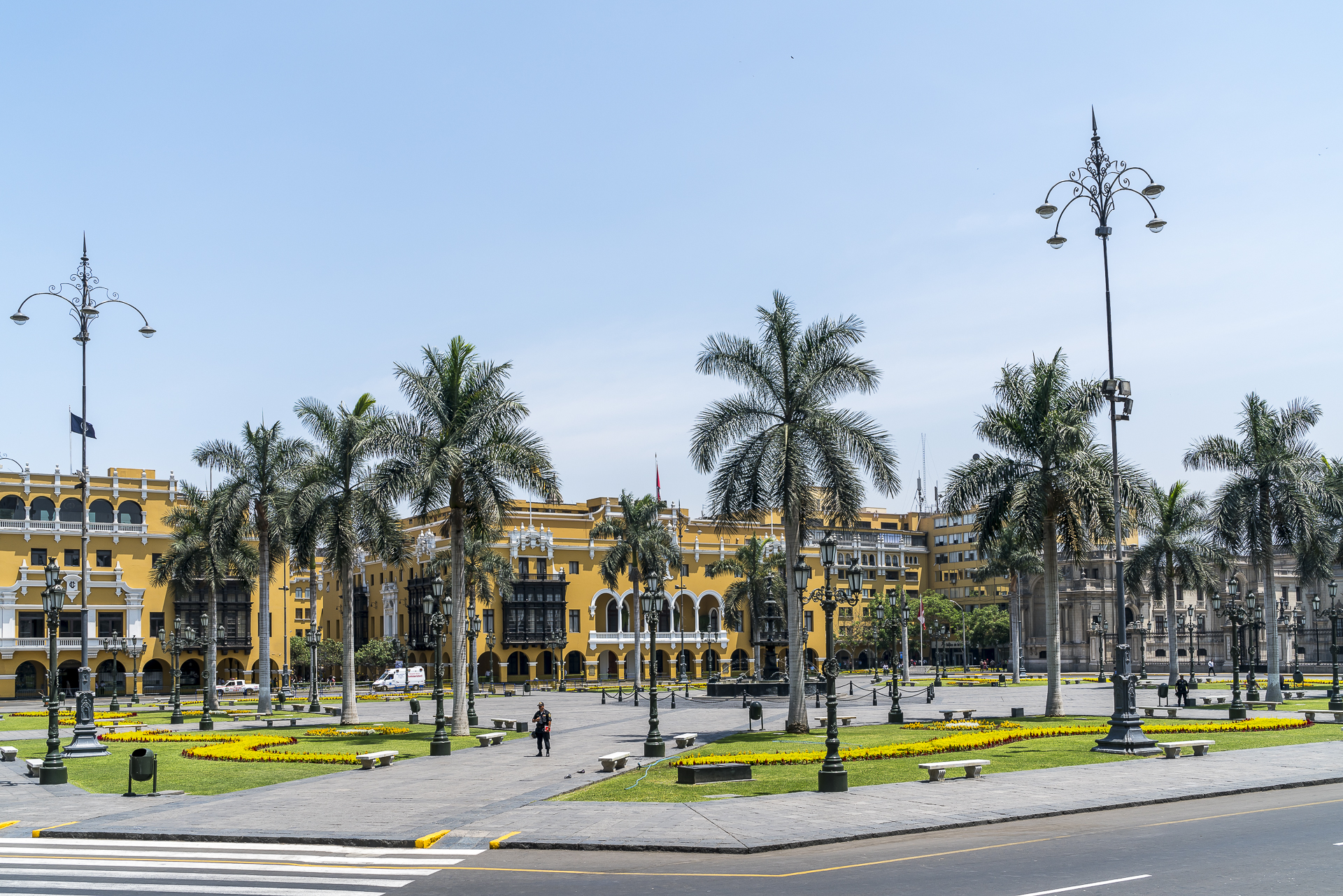
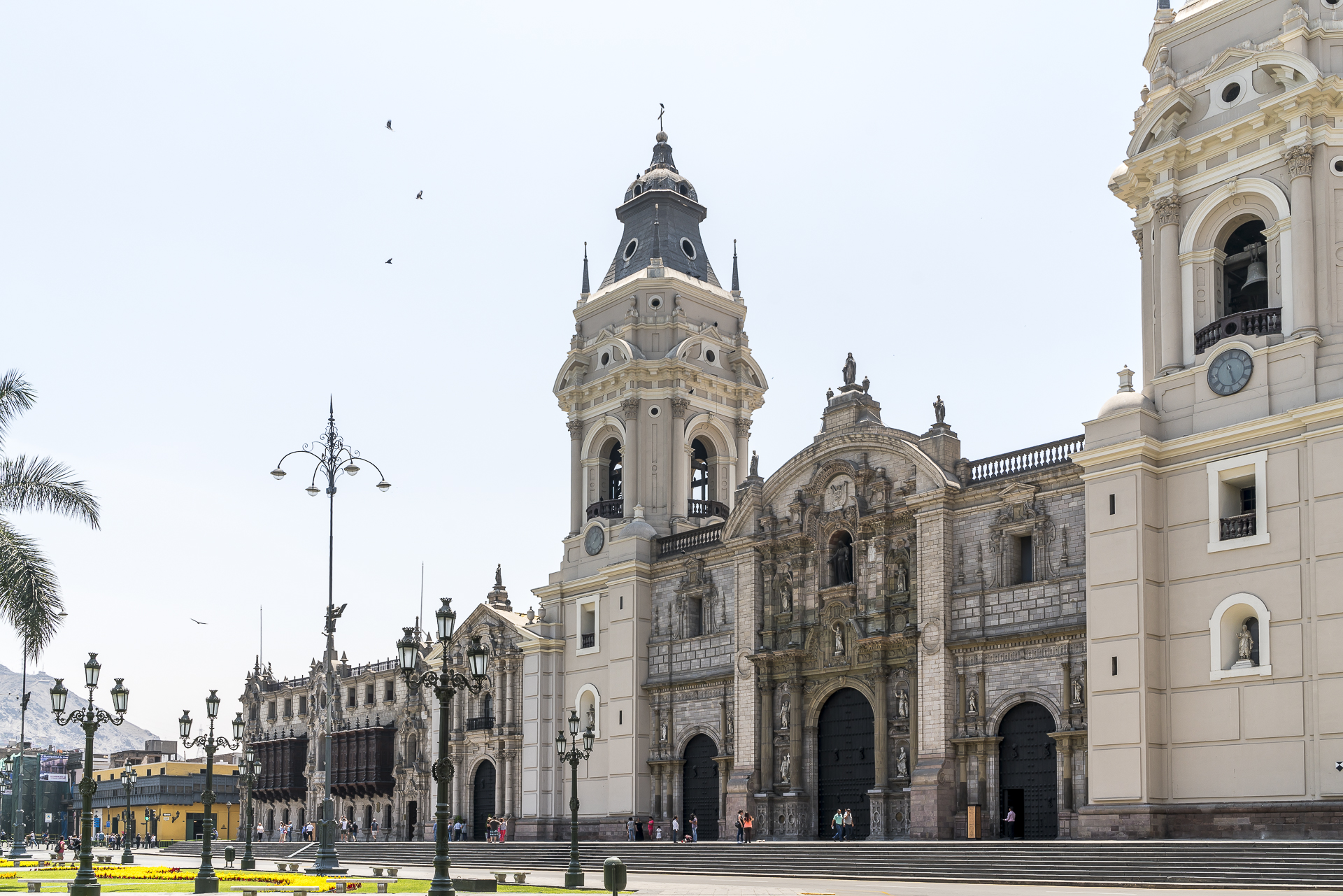
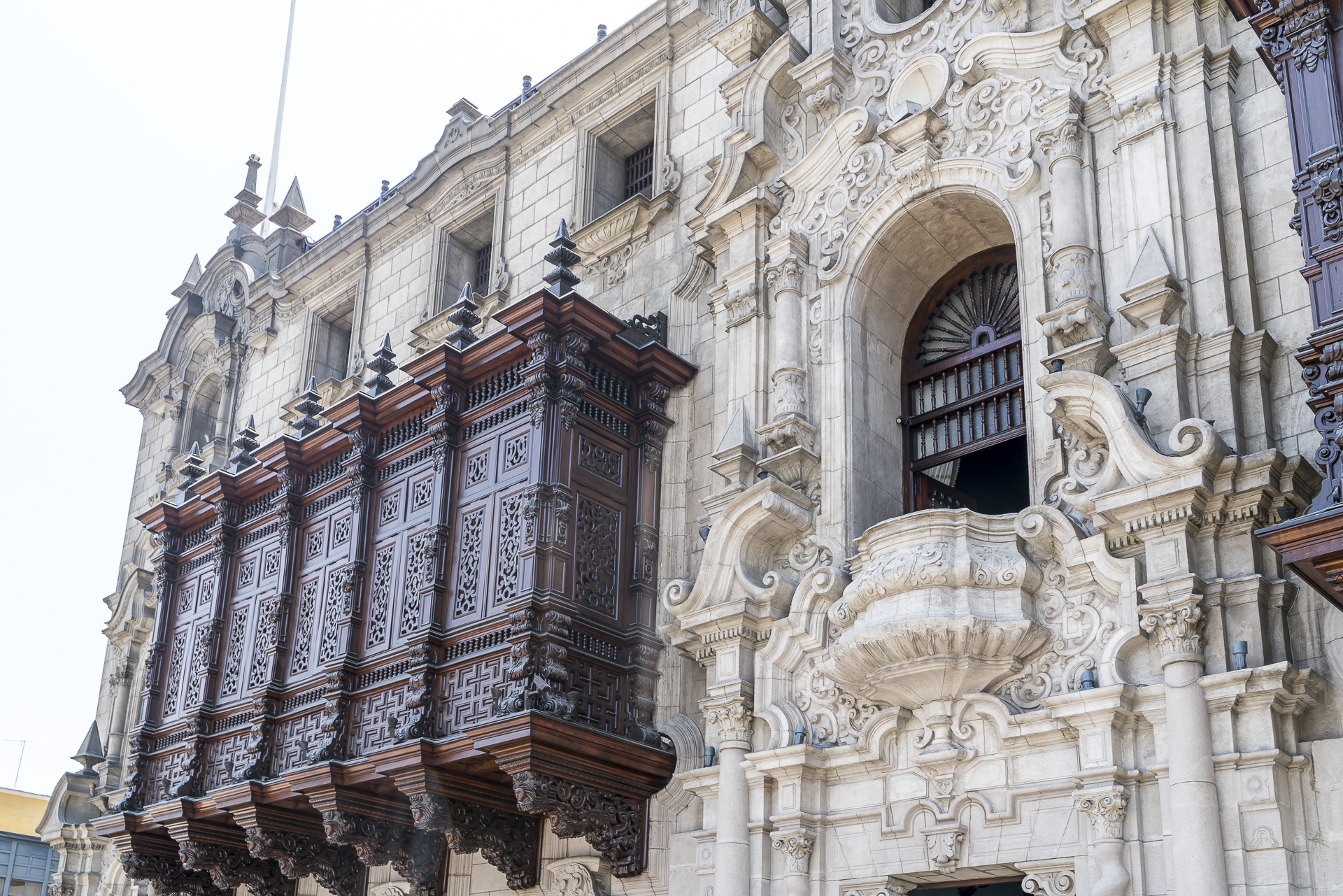
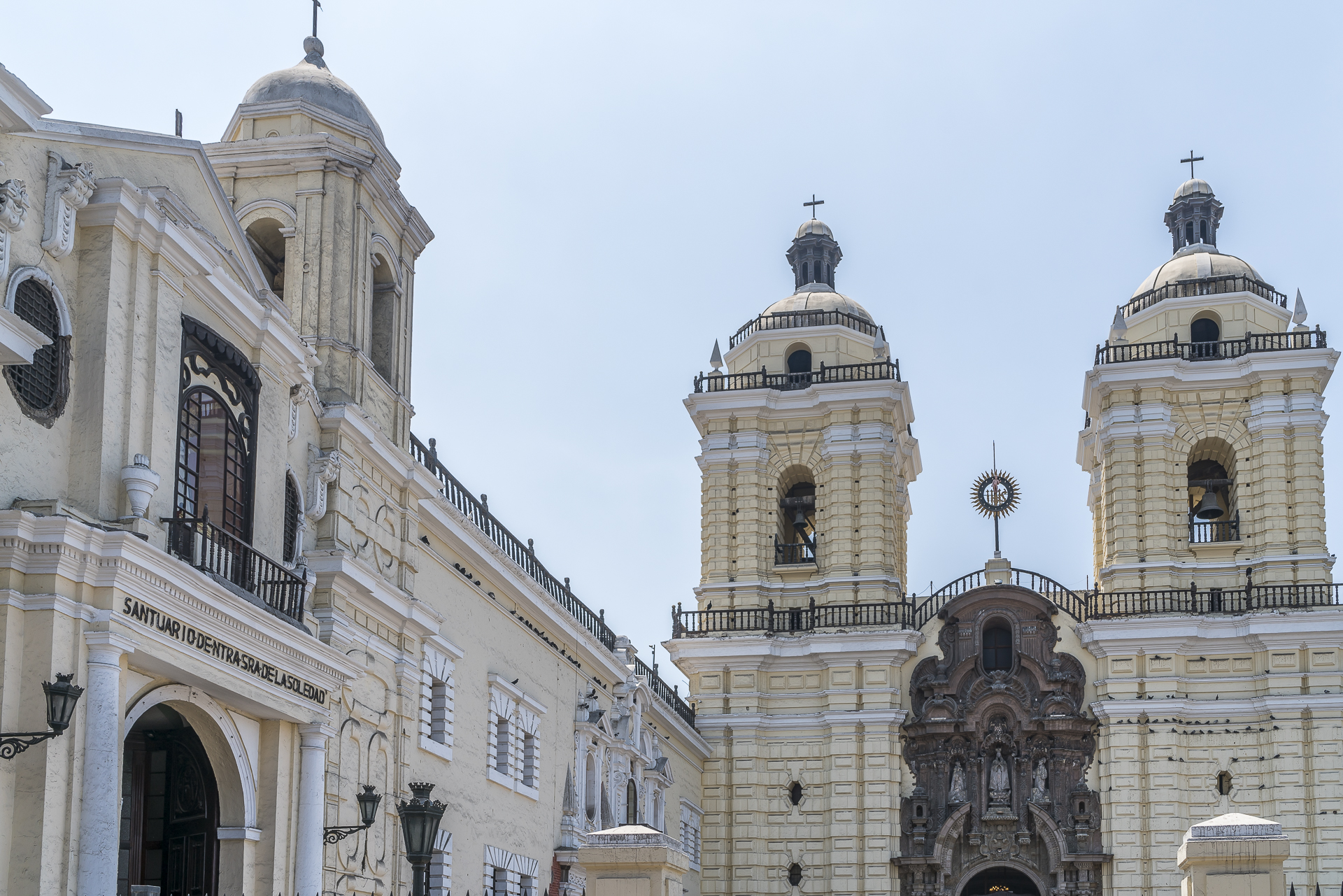
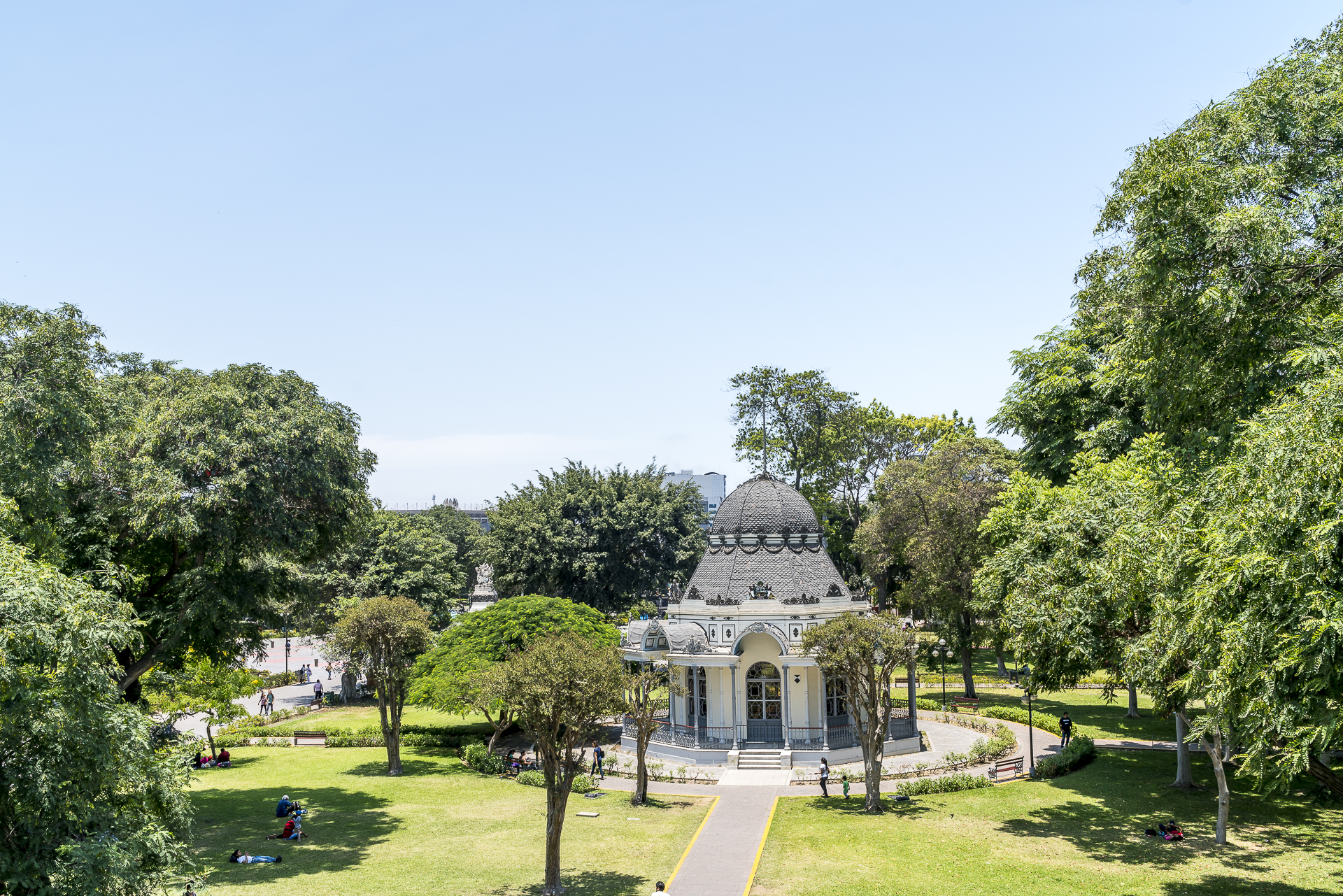
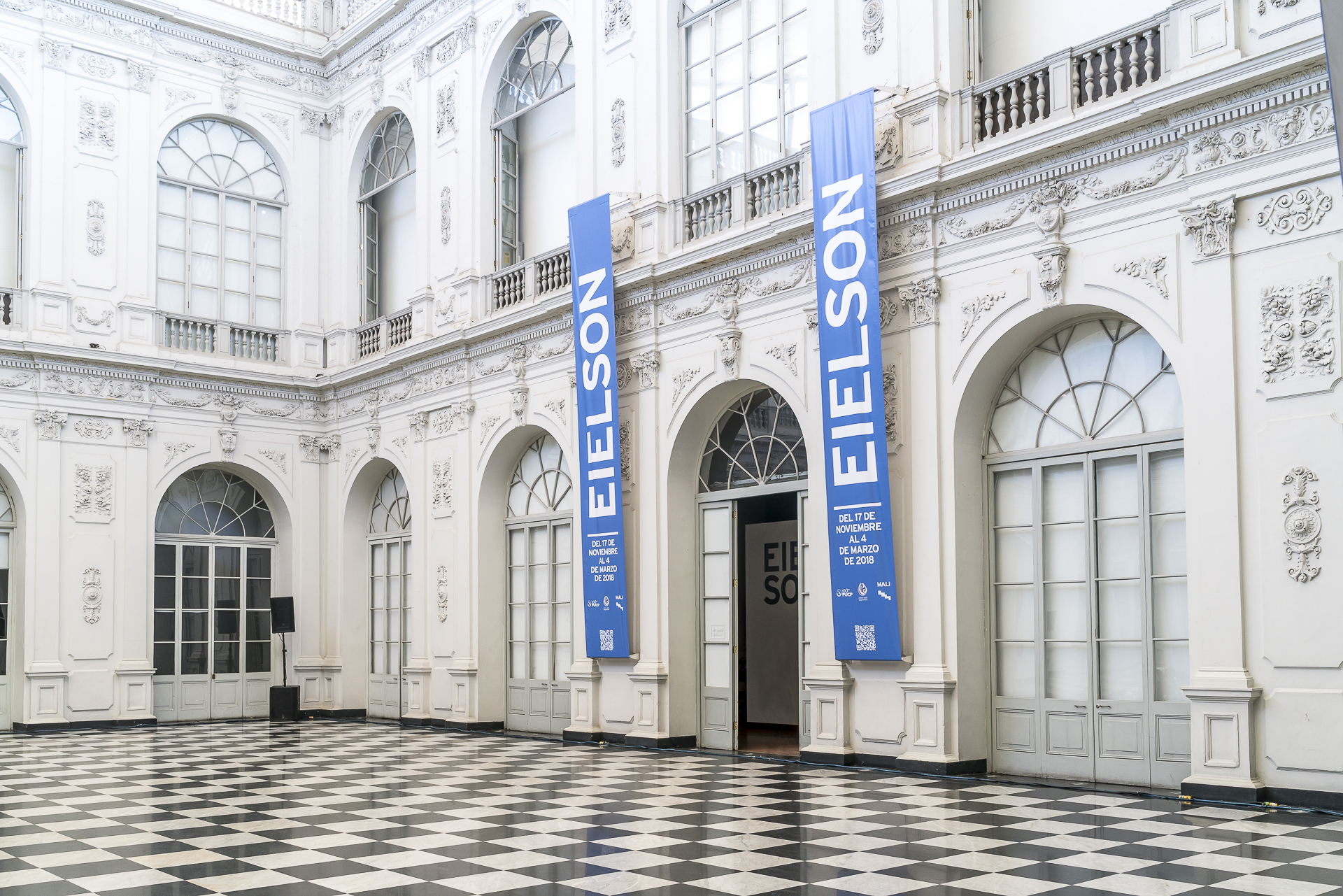
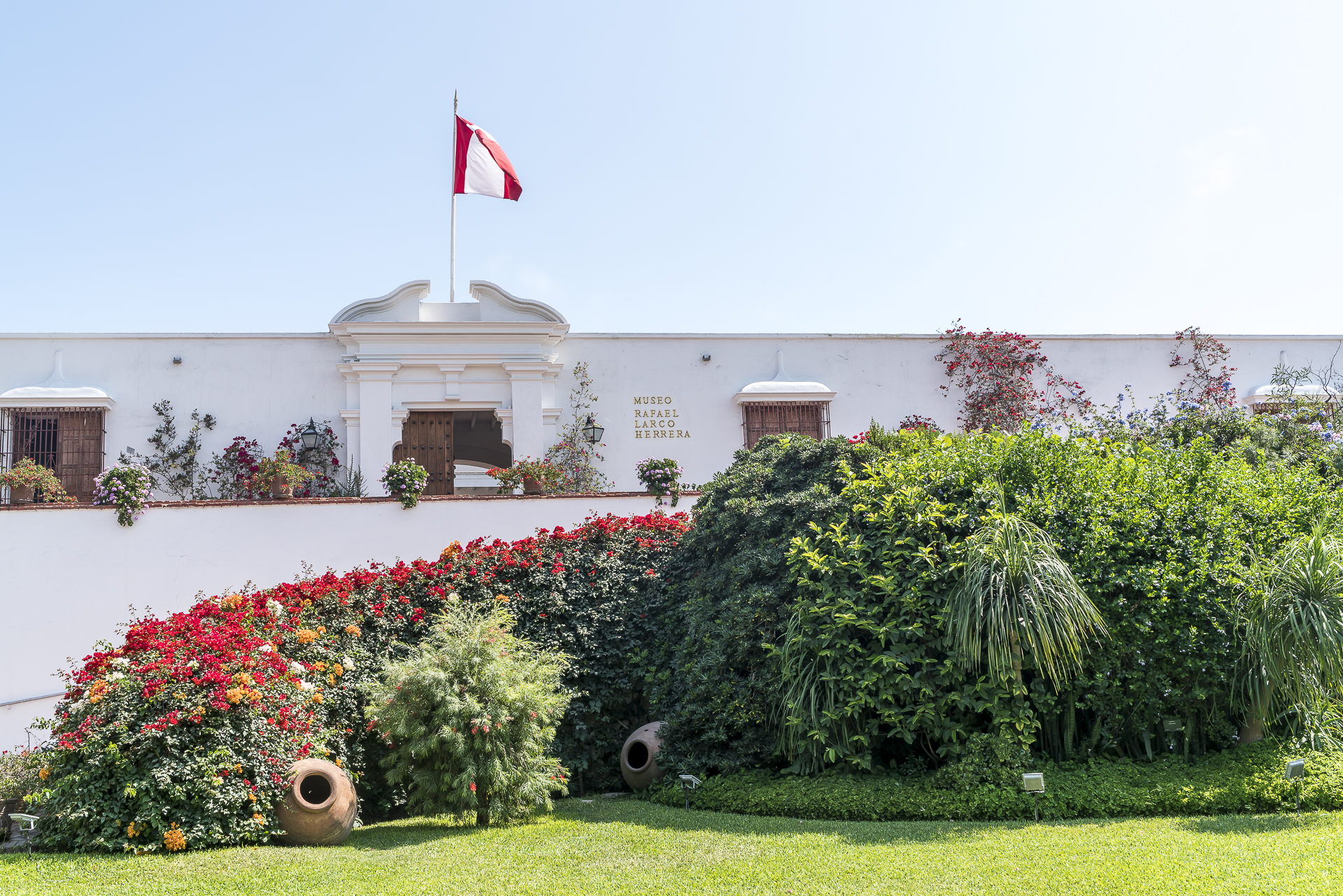
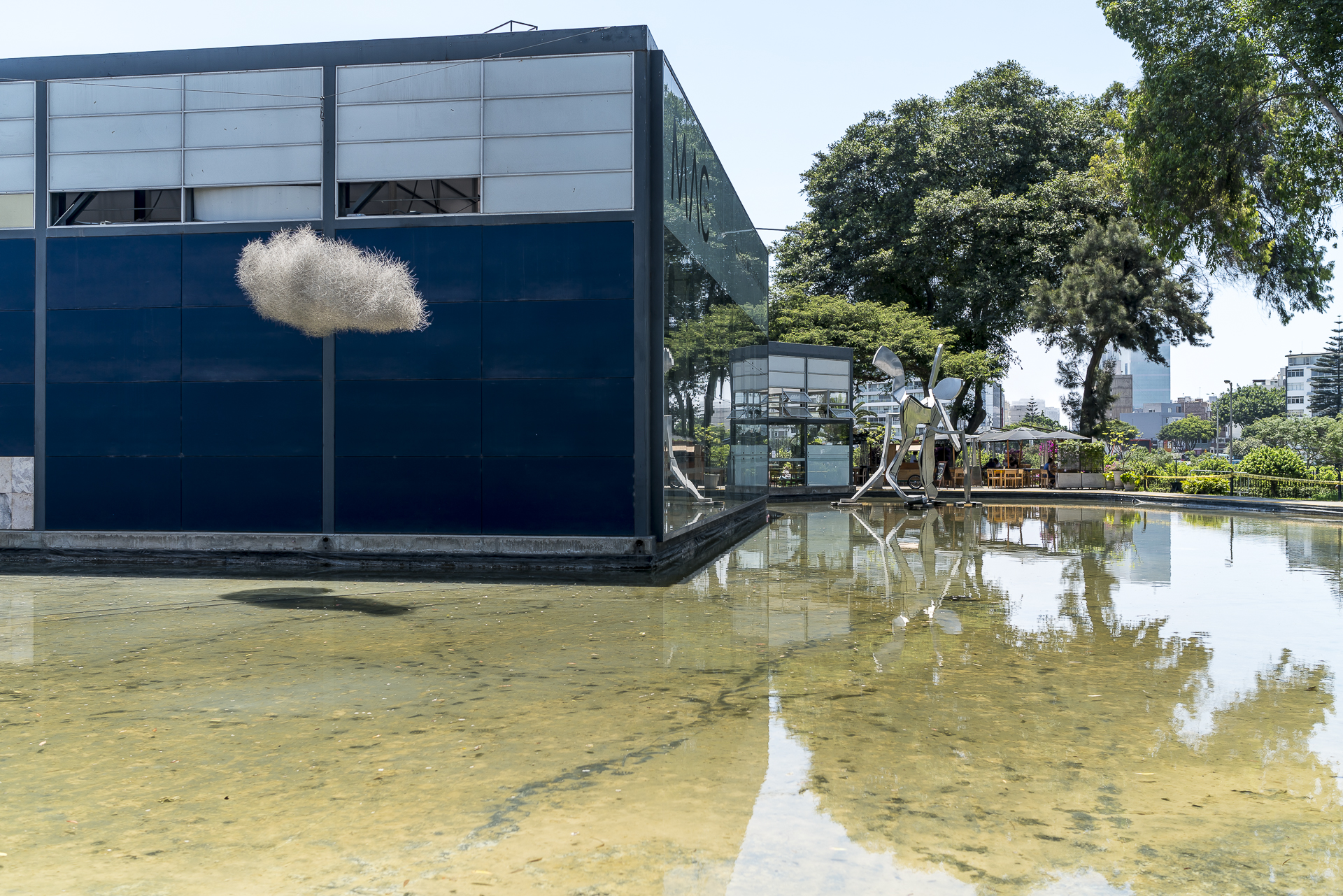
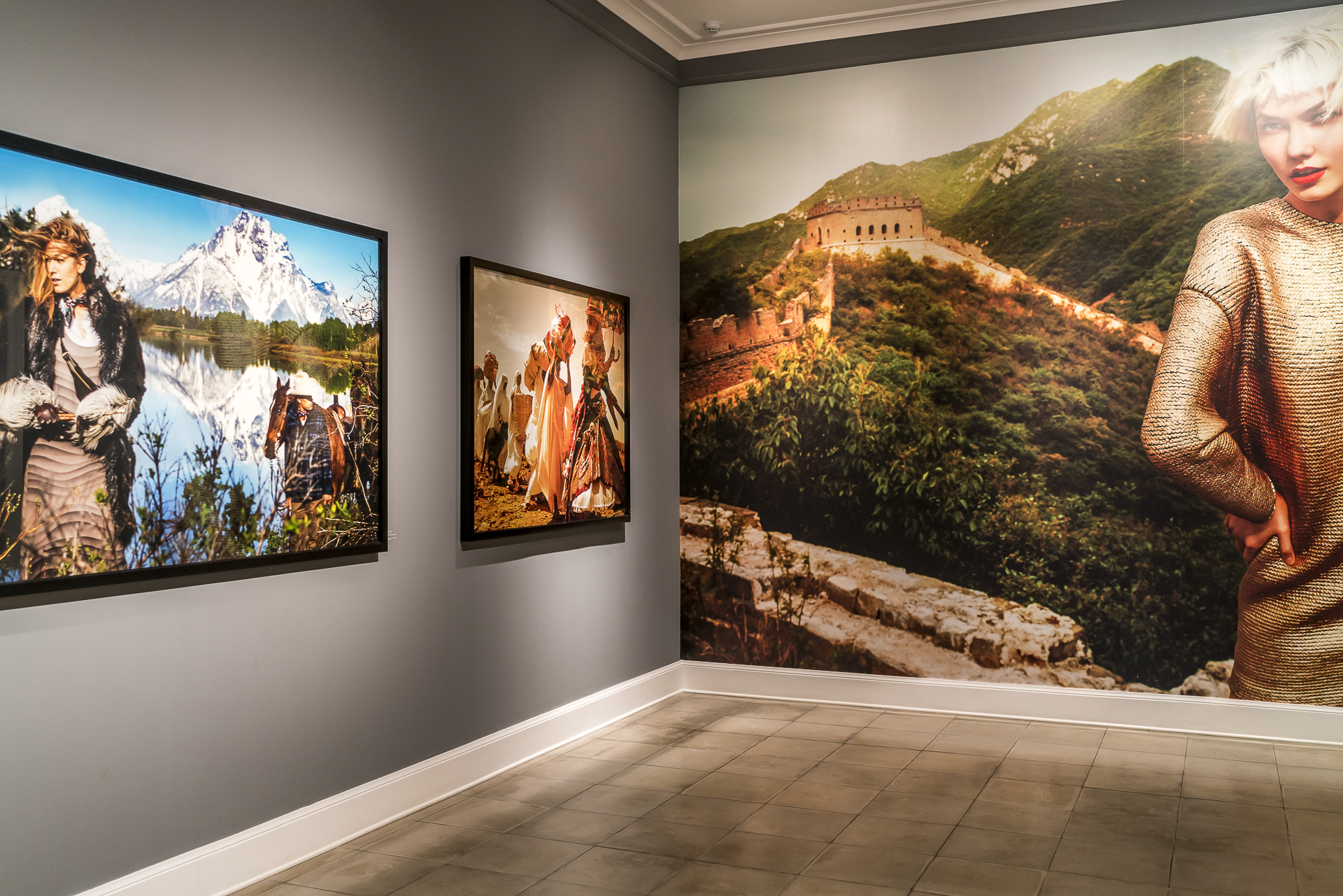
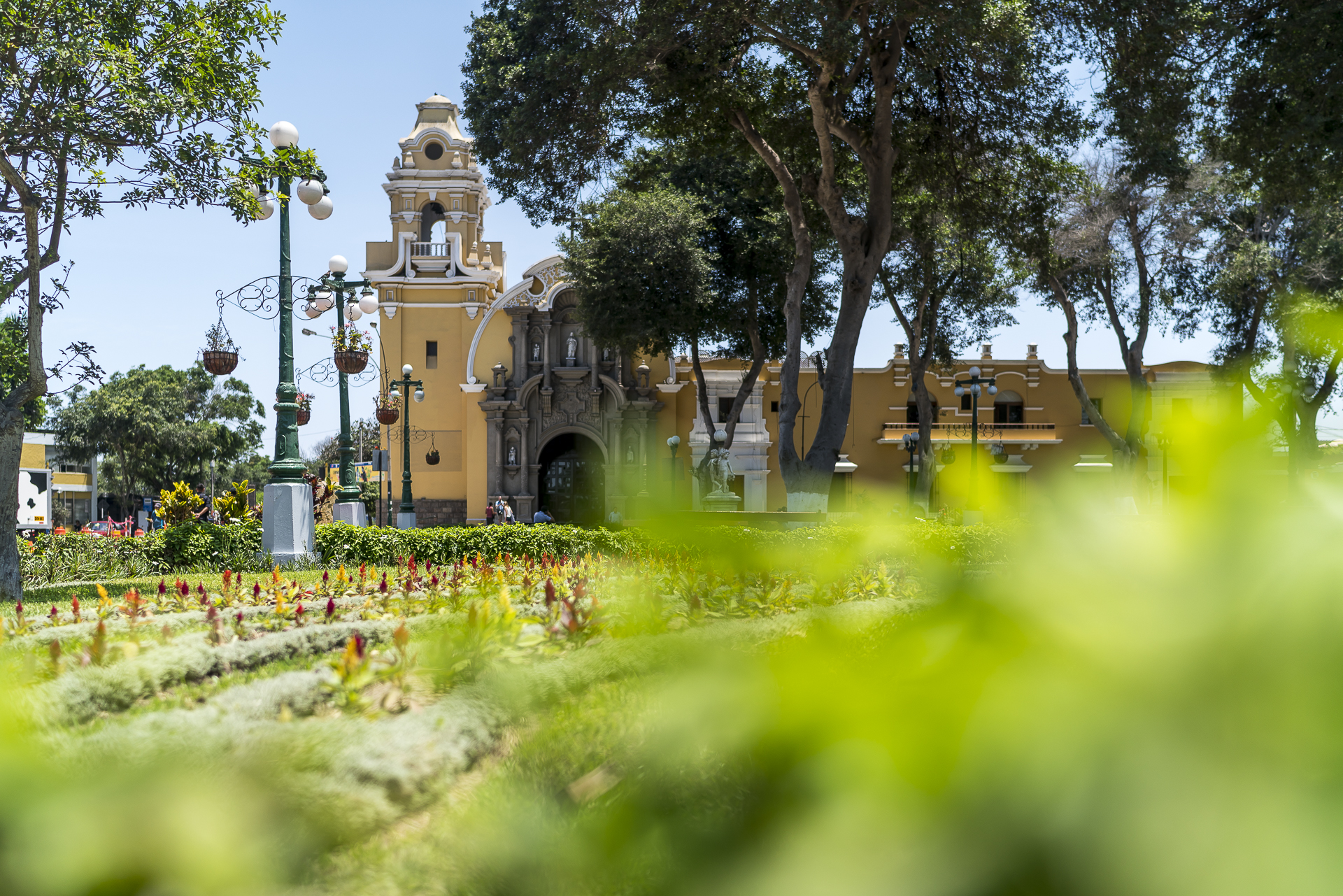
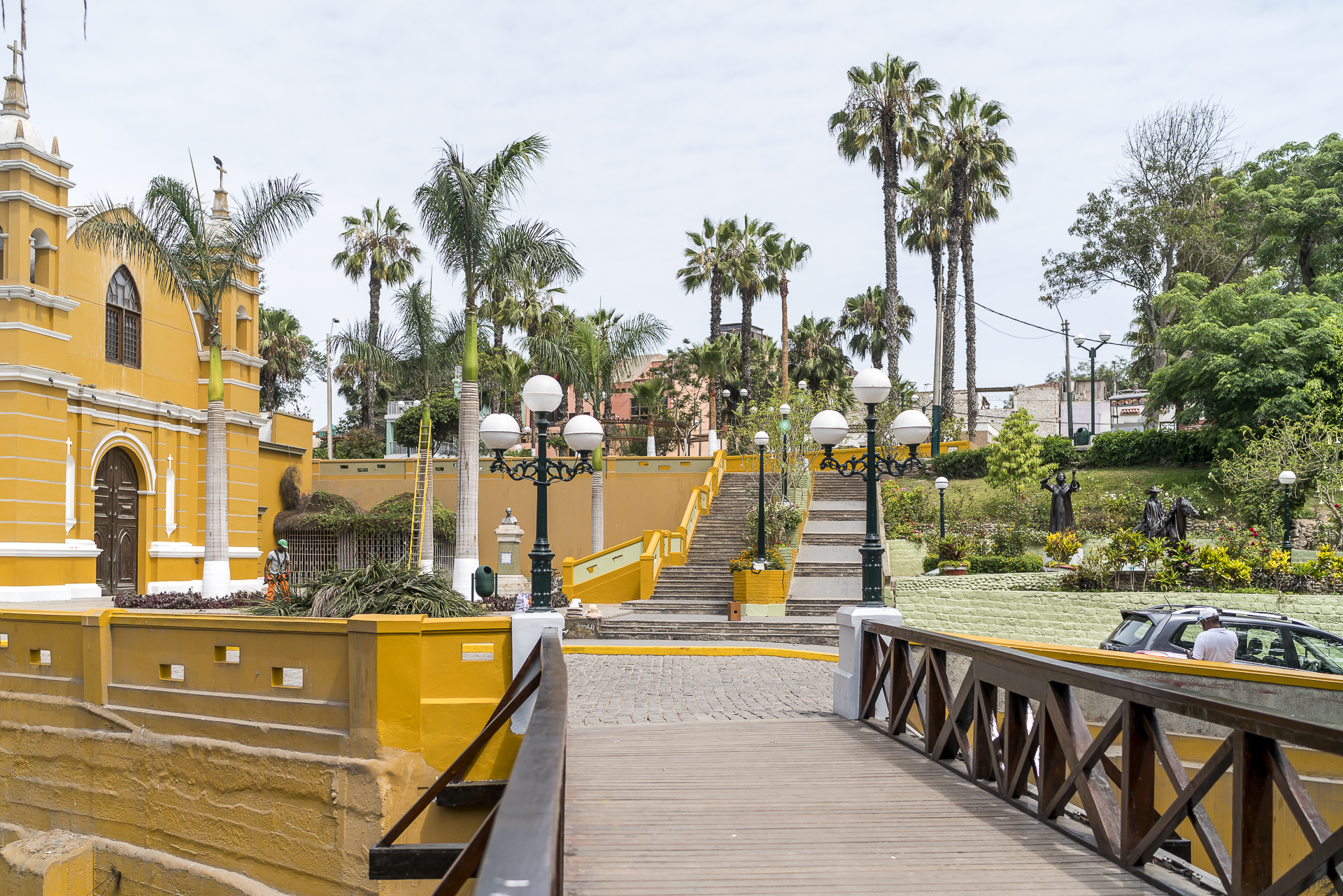

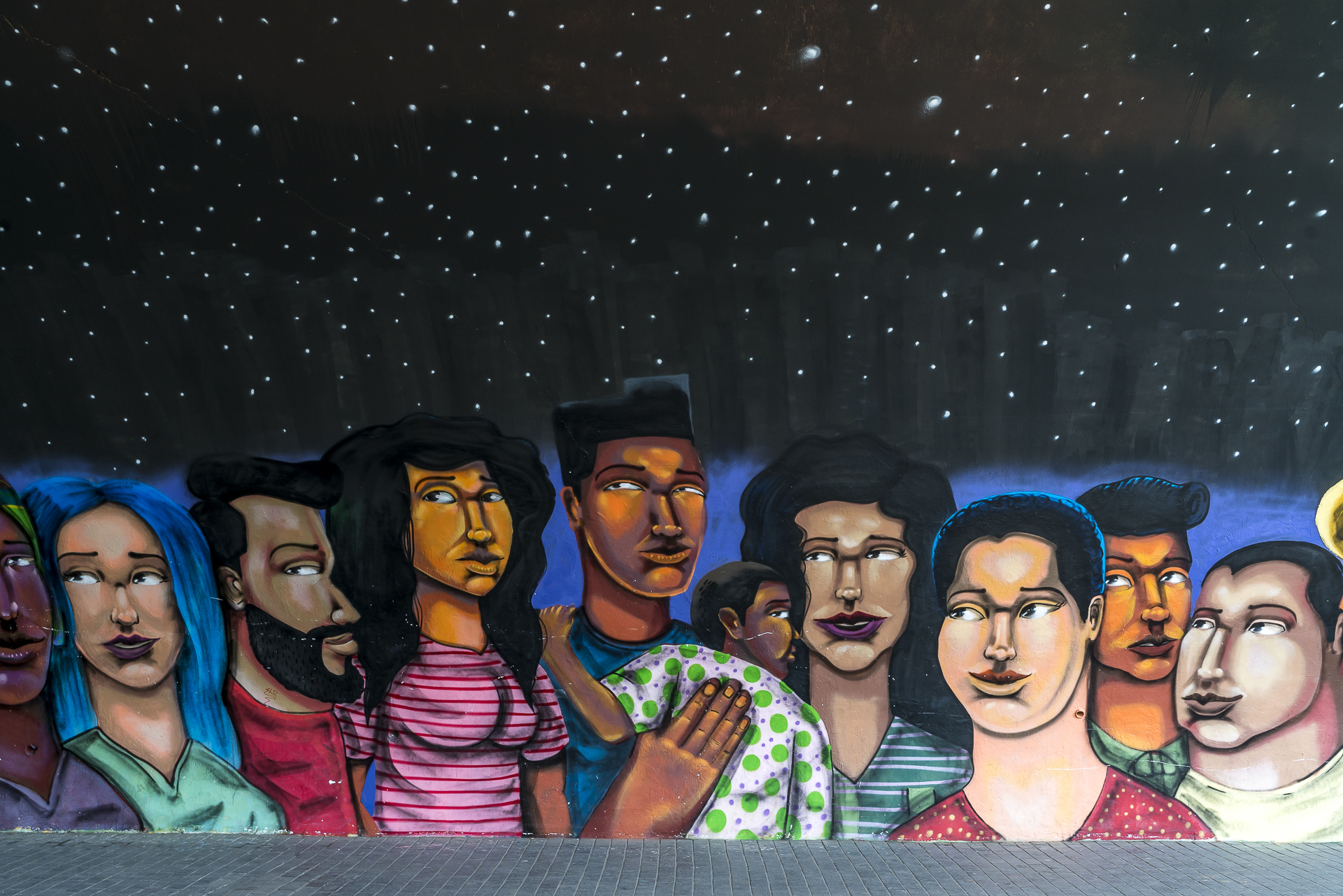
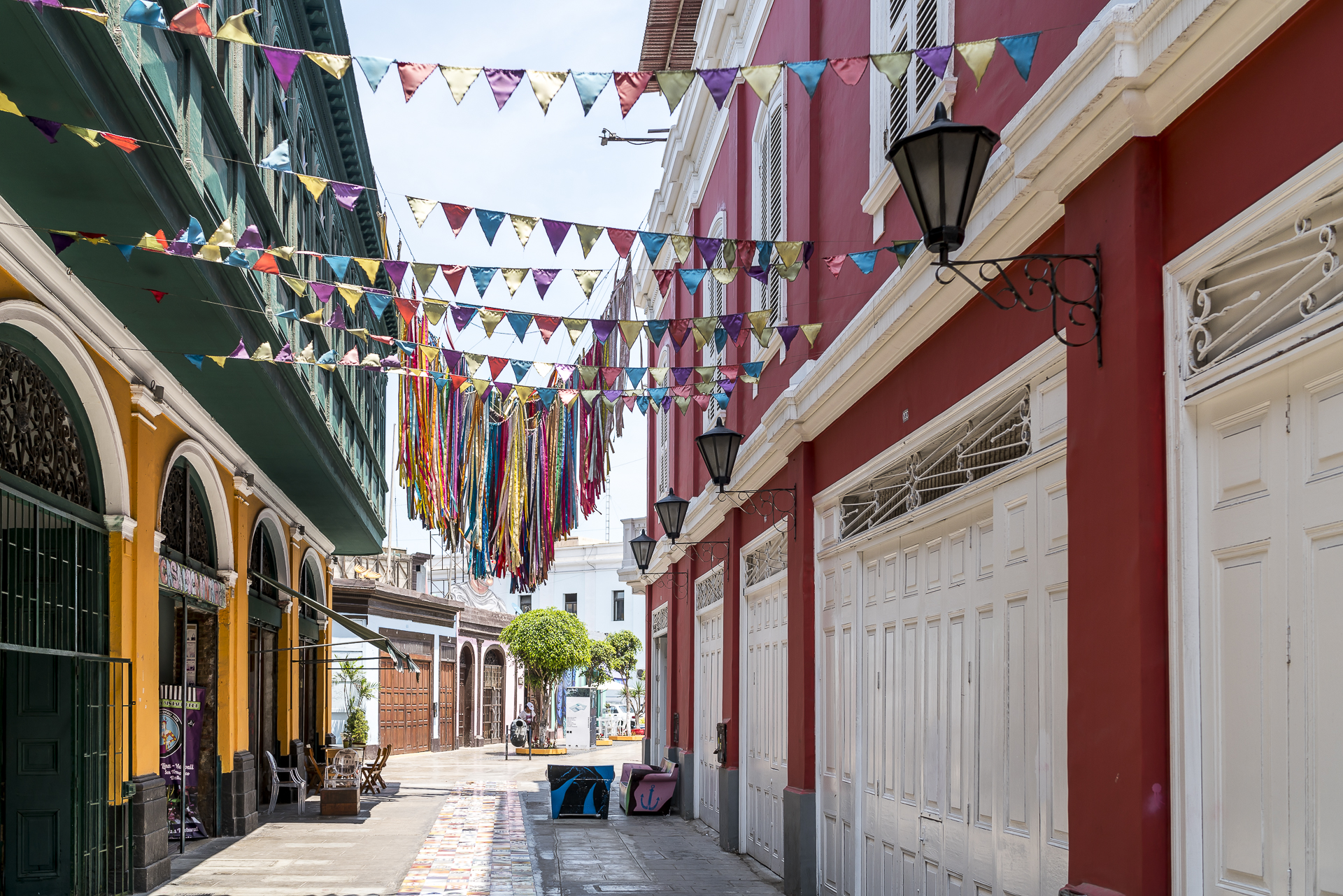
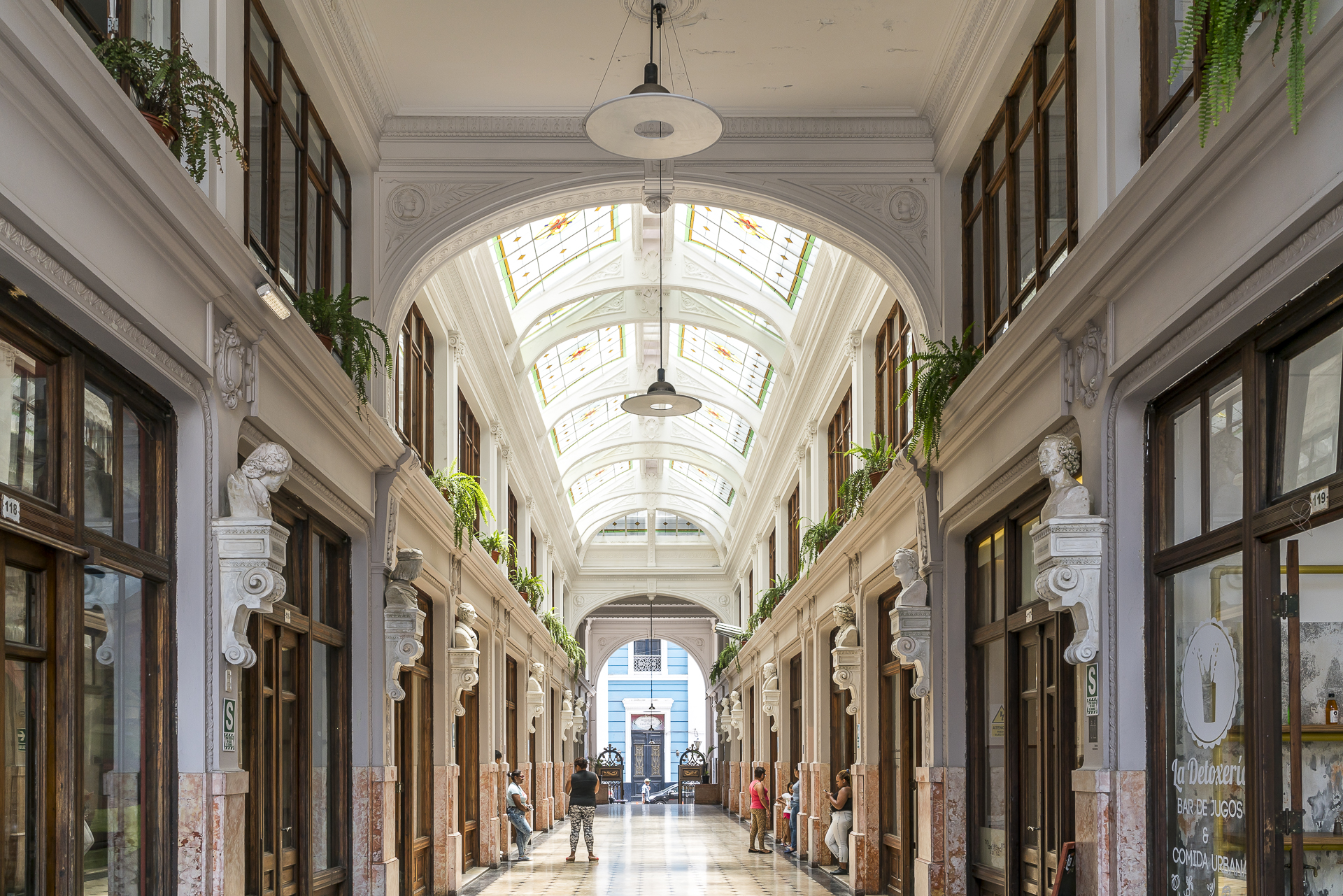
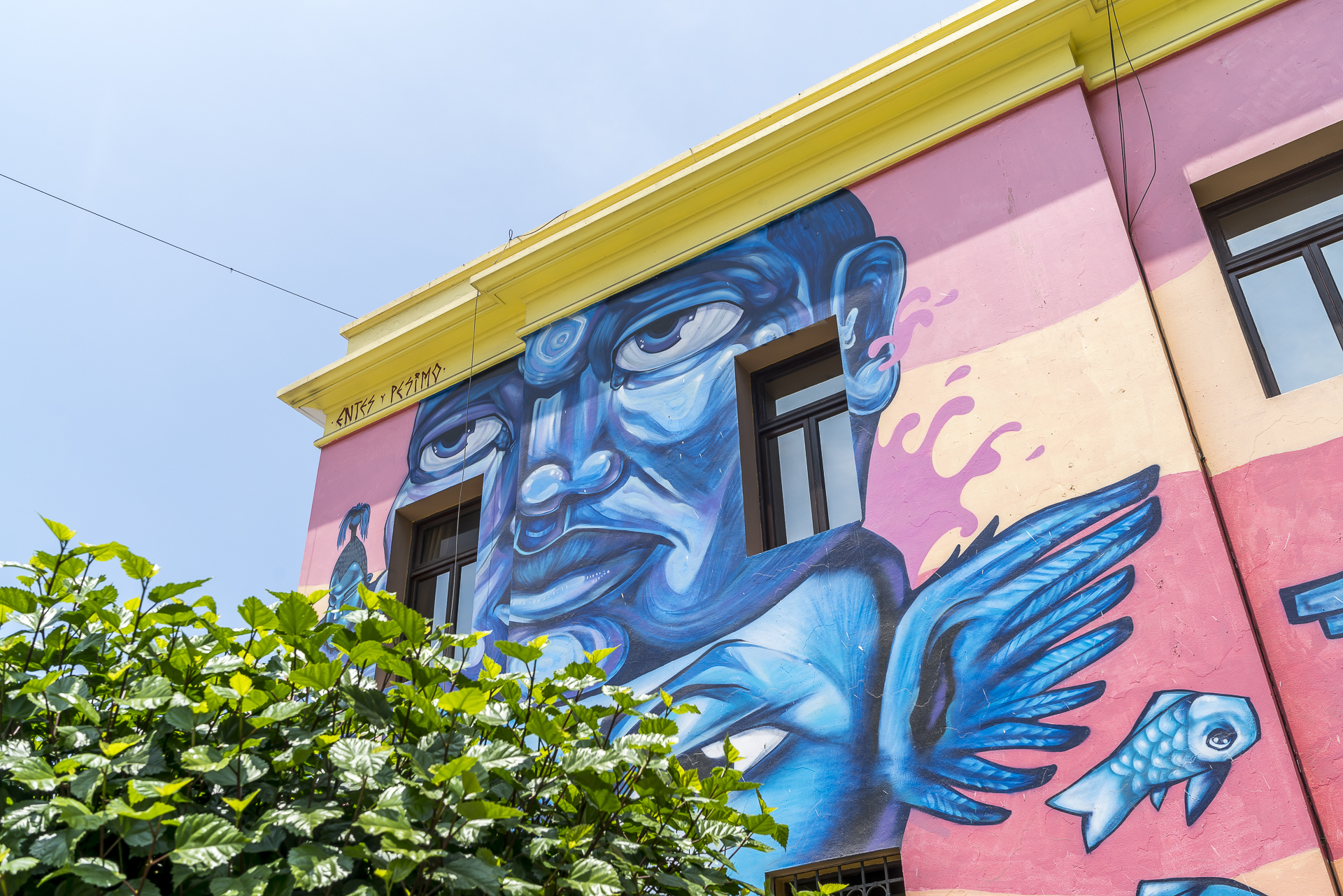
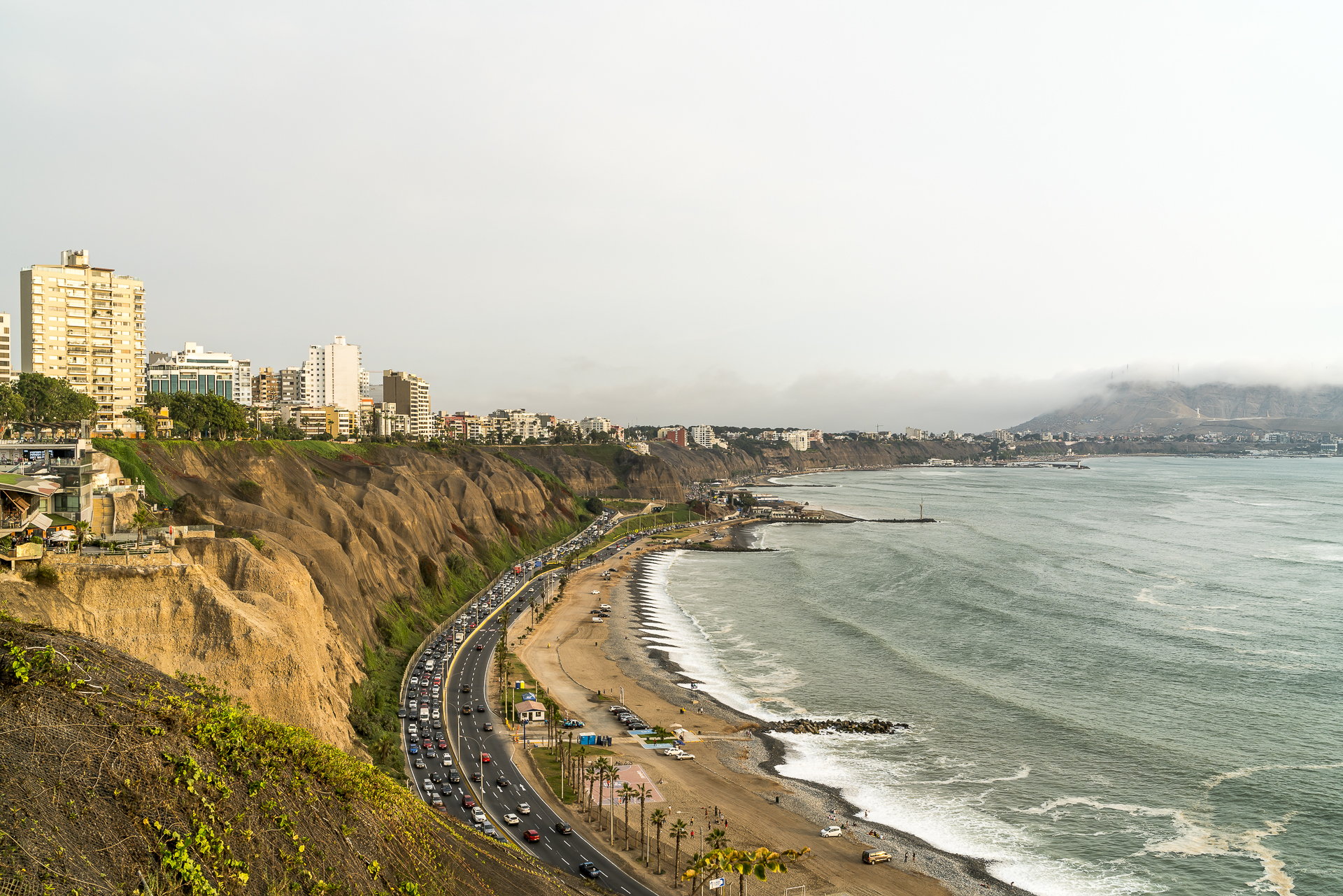
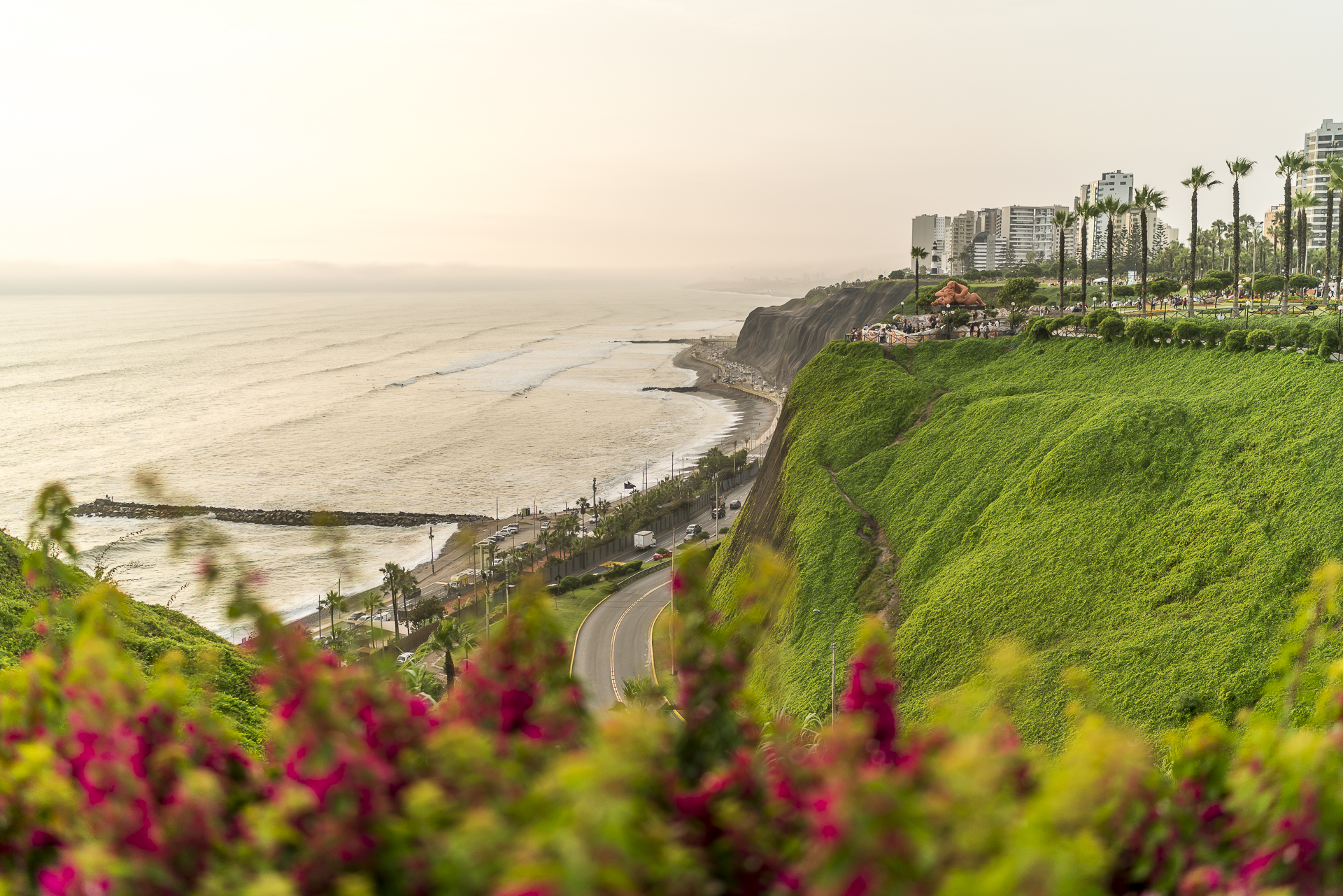
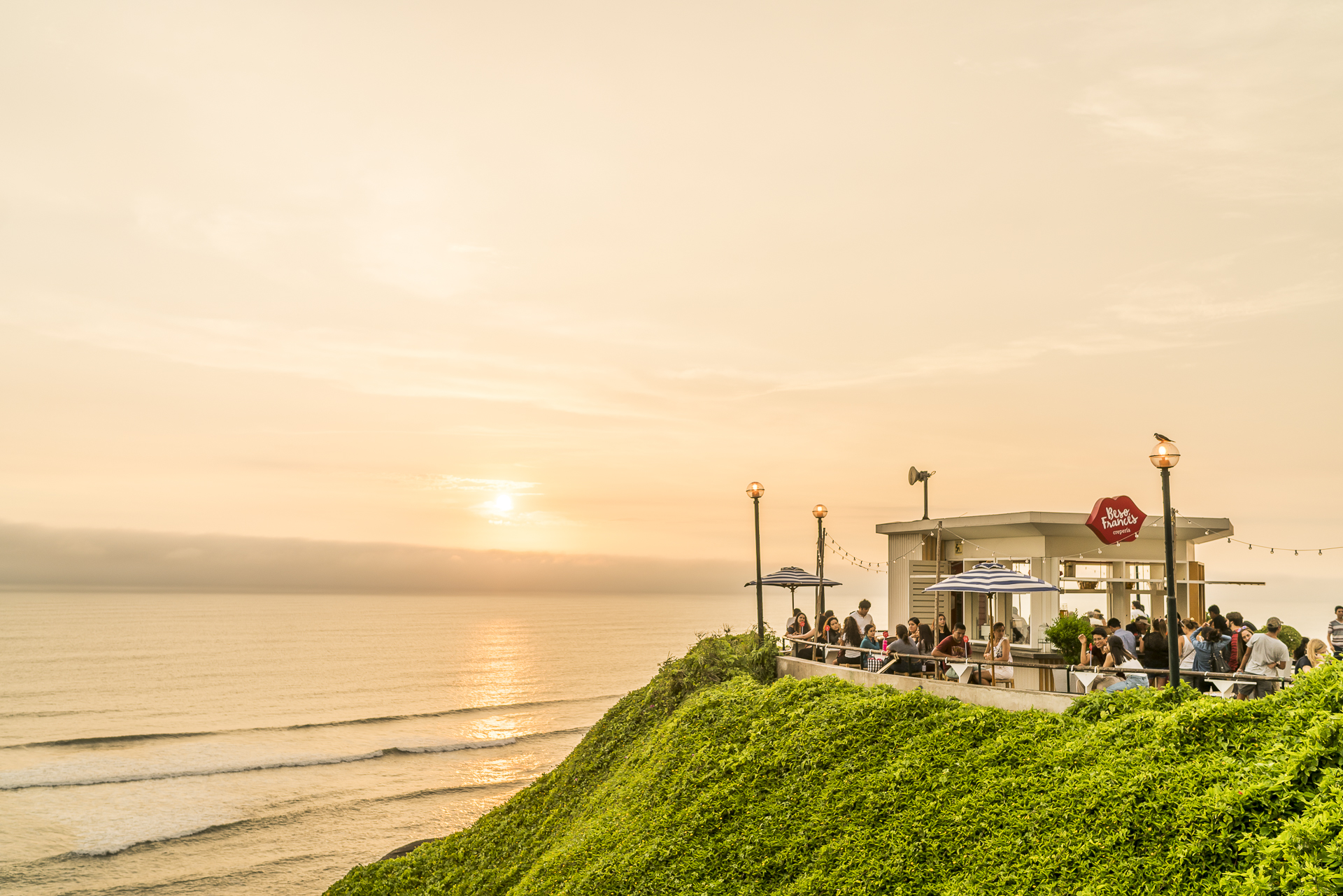
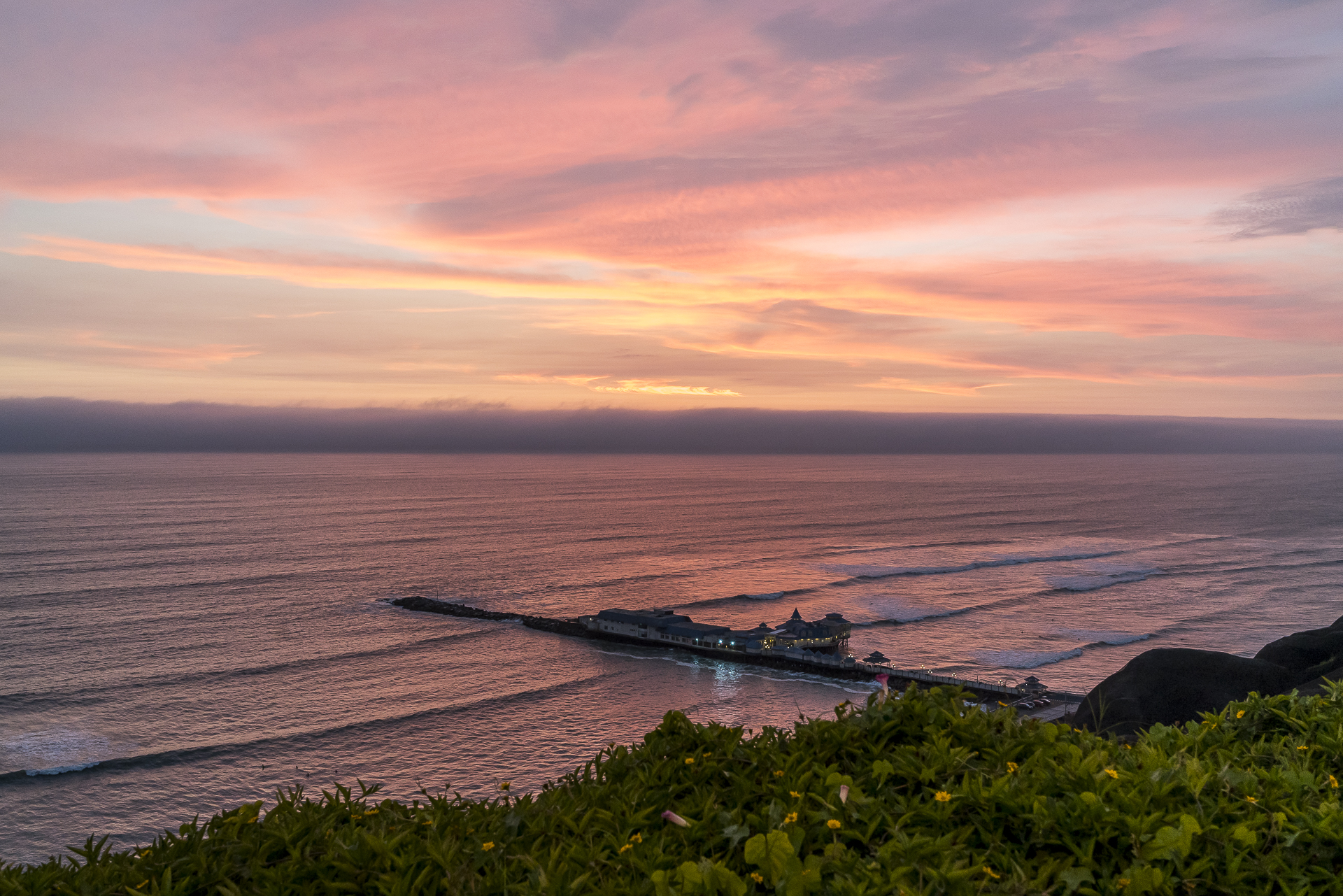
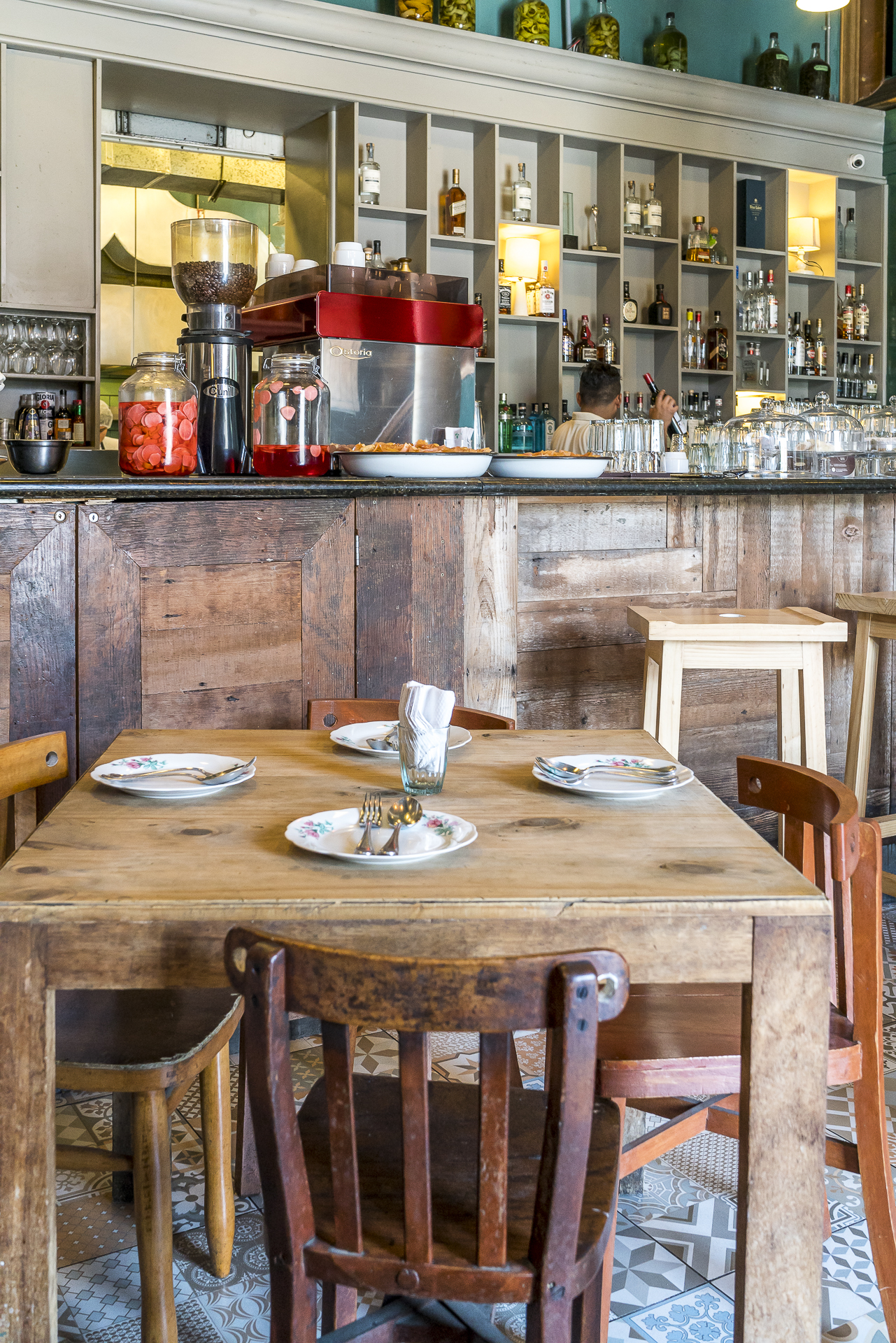
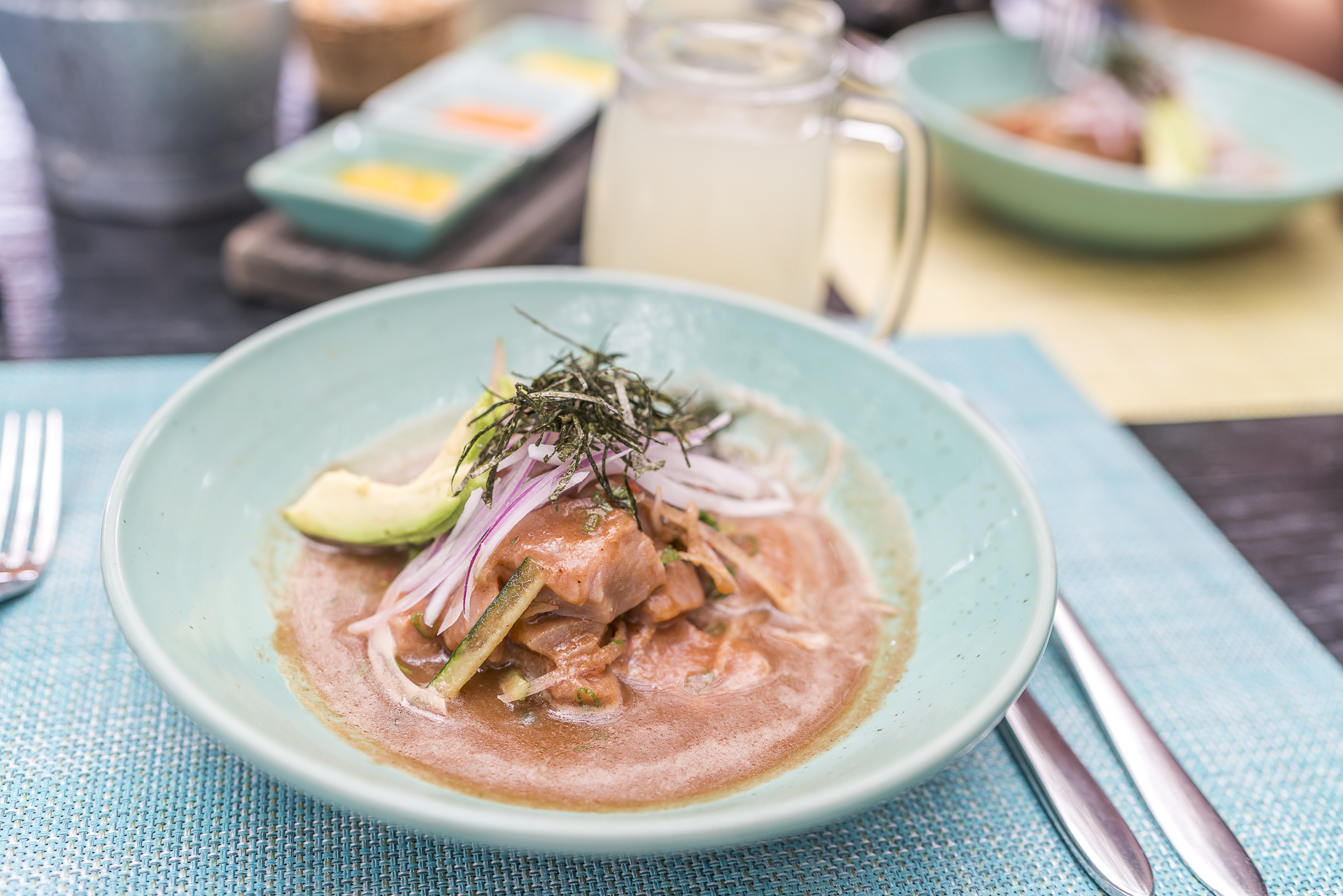
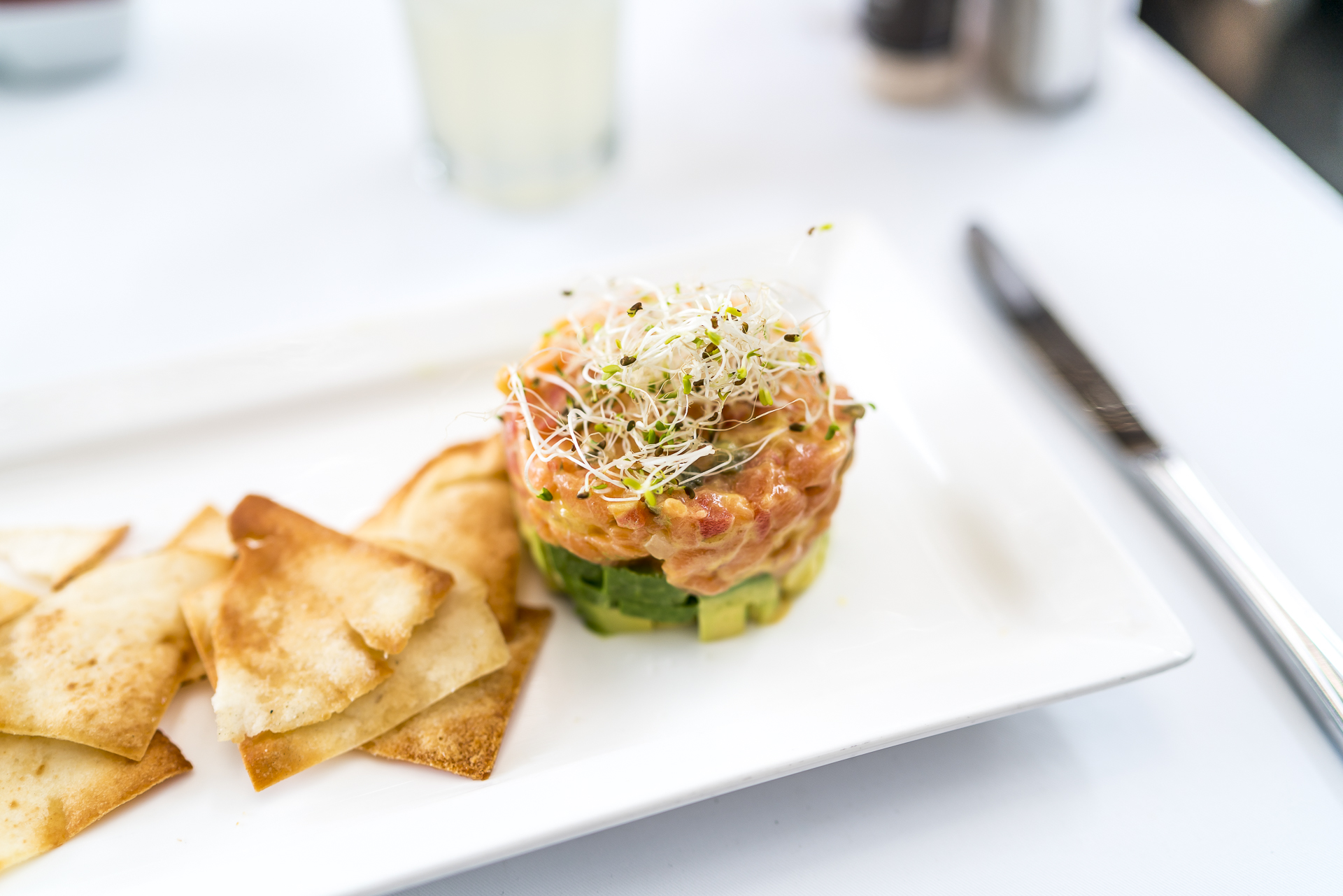

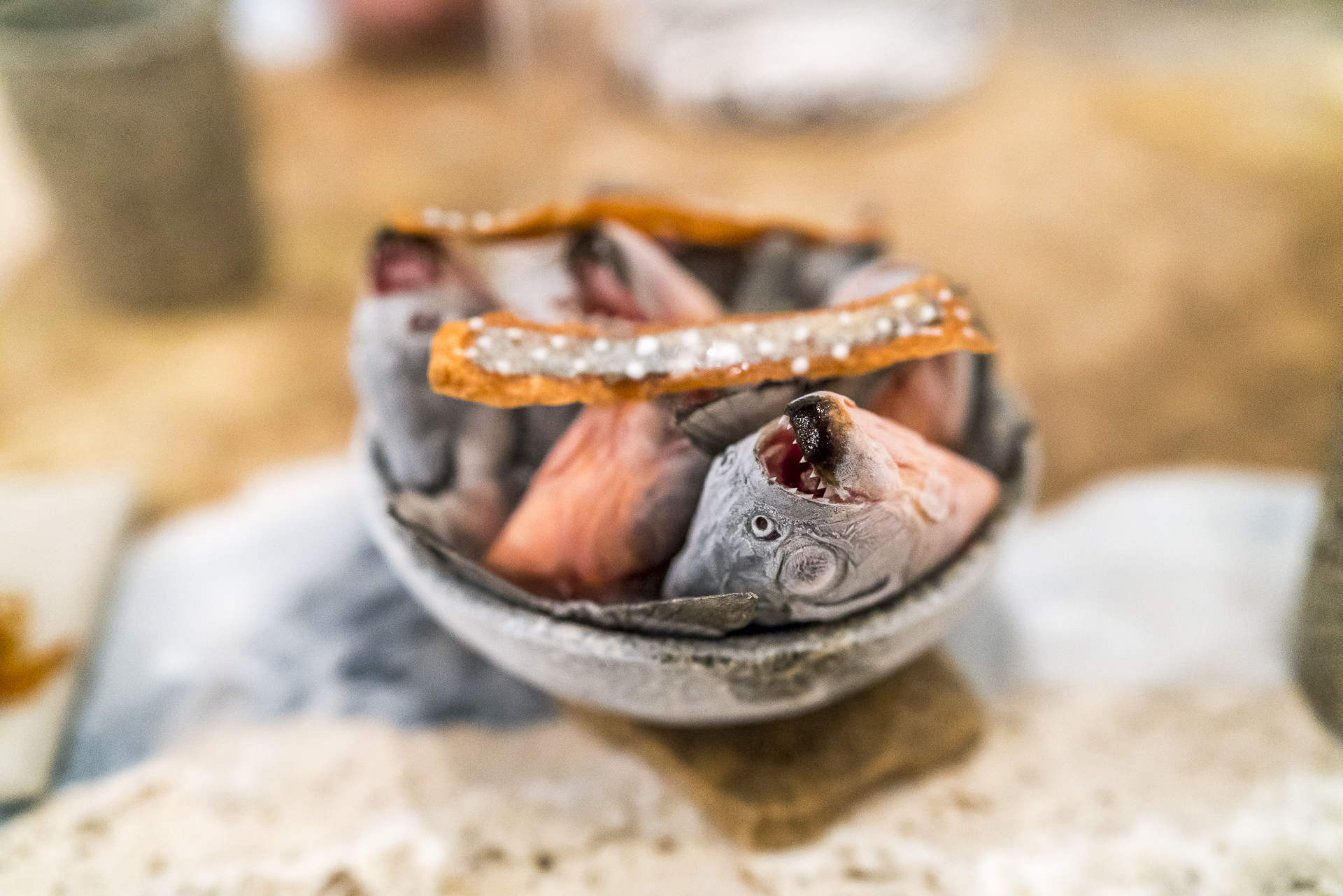
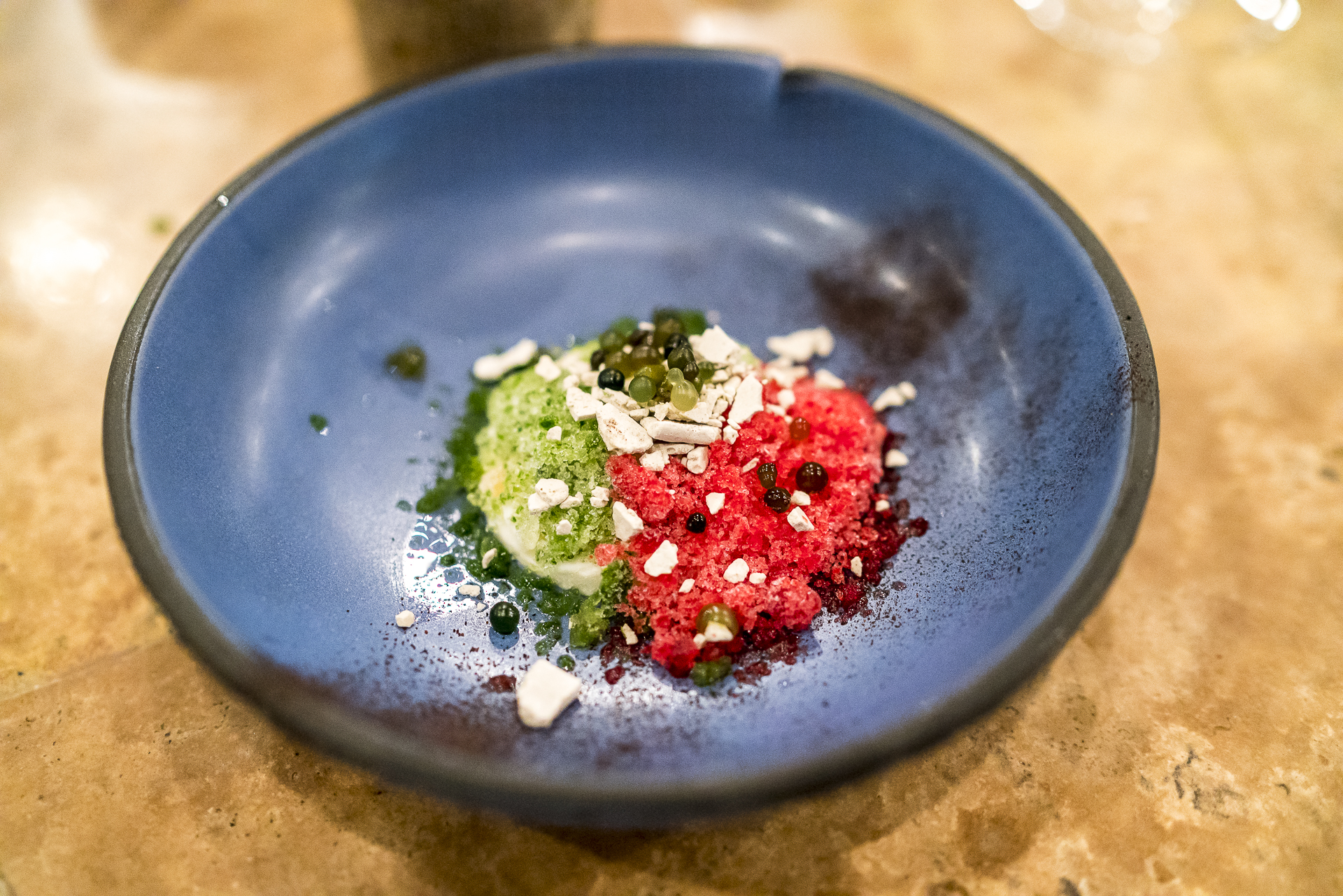
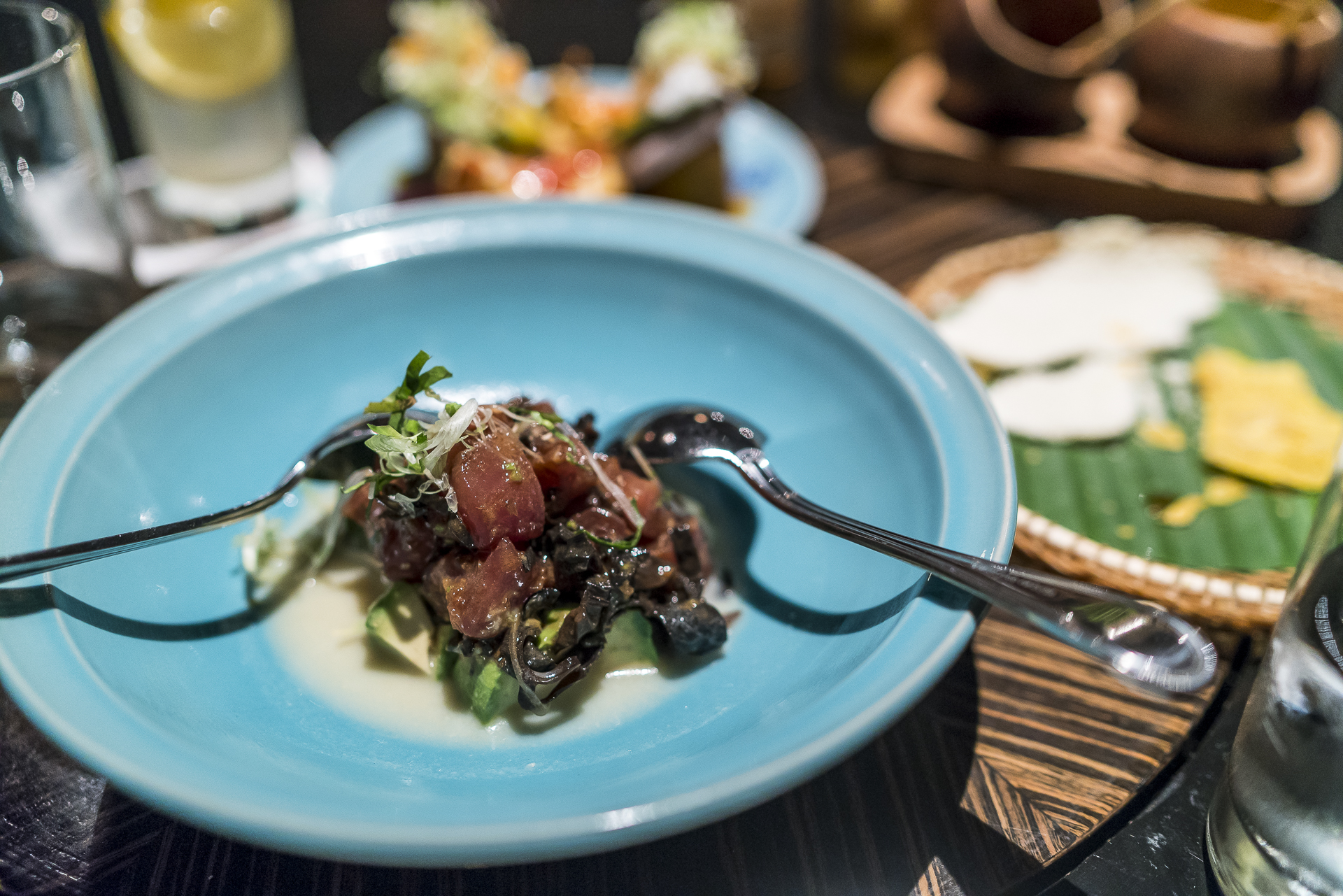
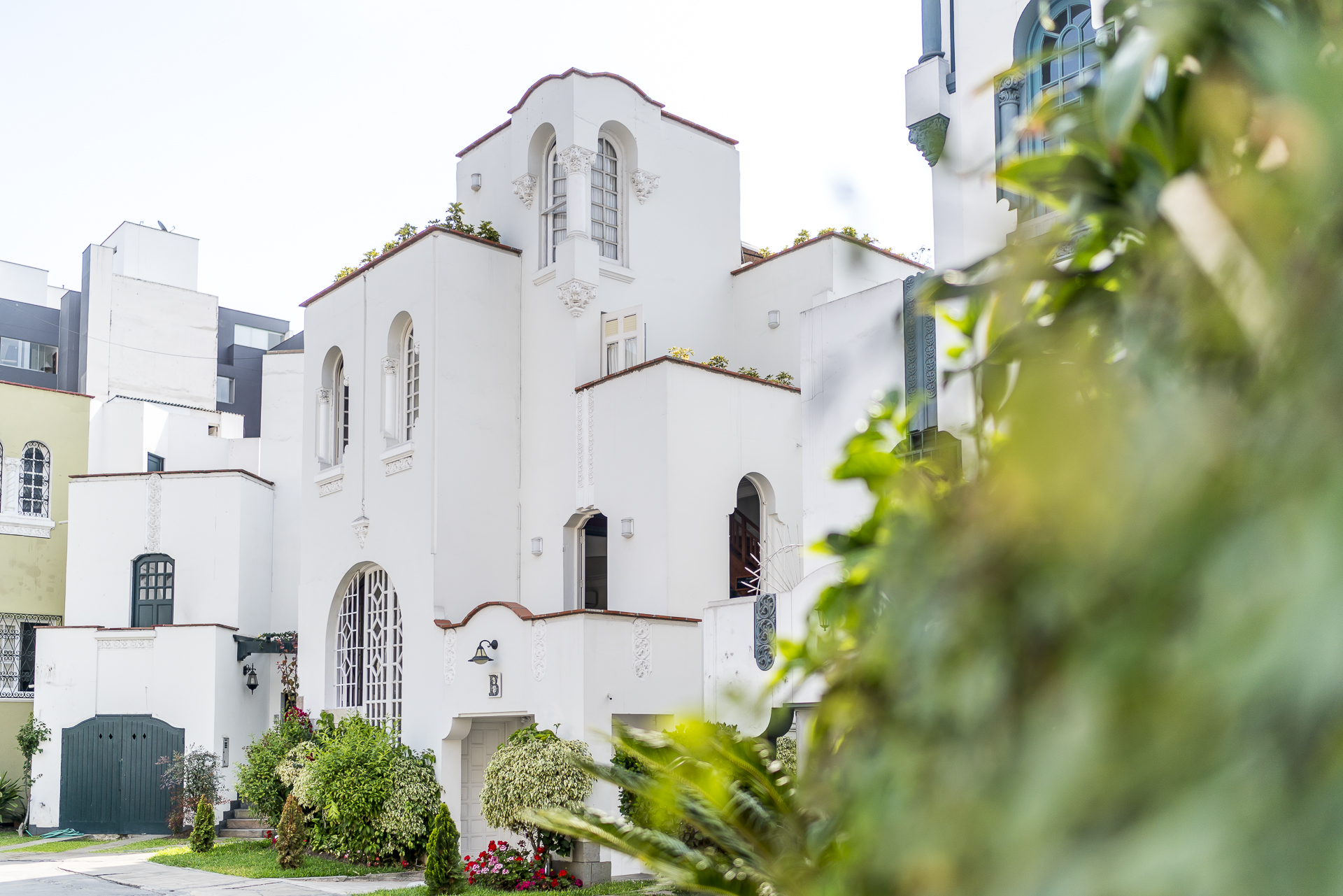
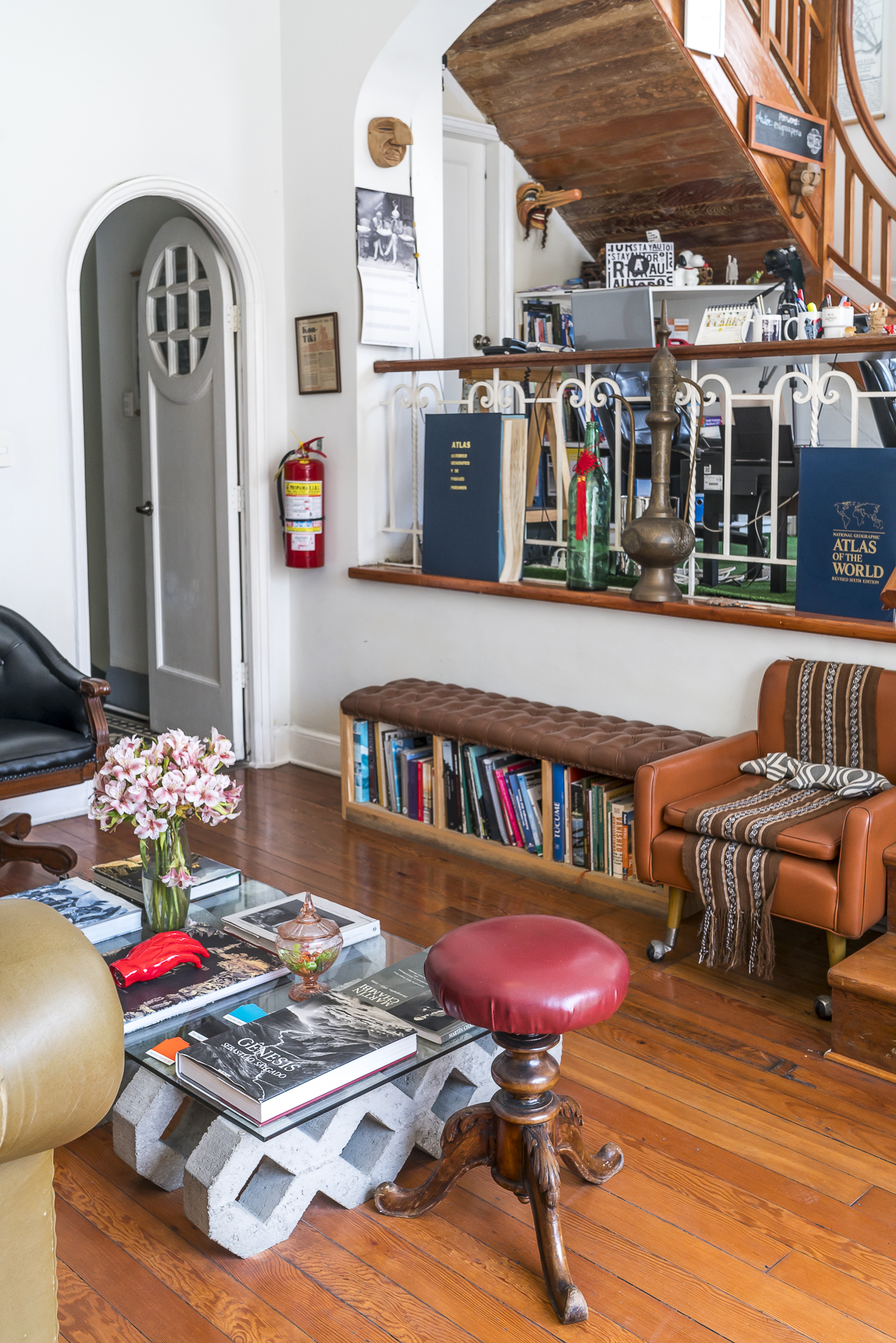

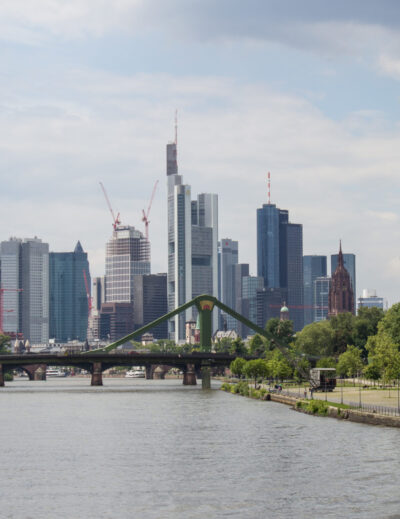
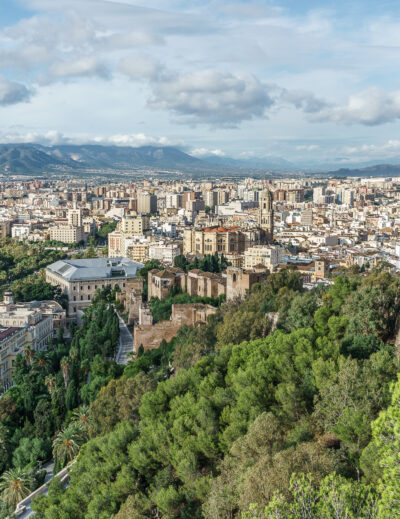
Leave a Reply